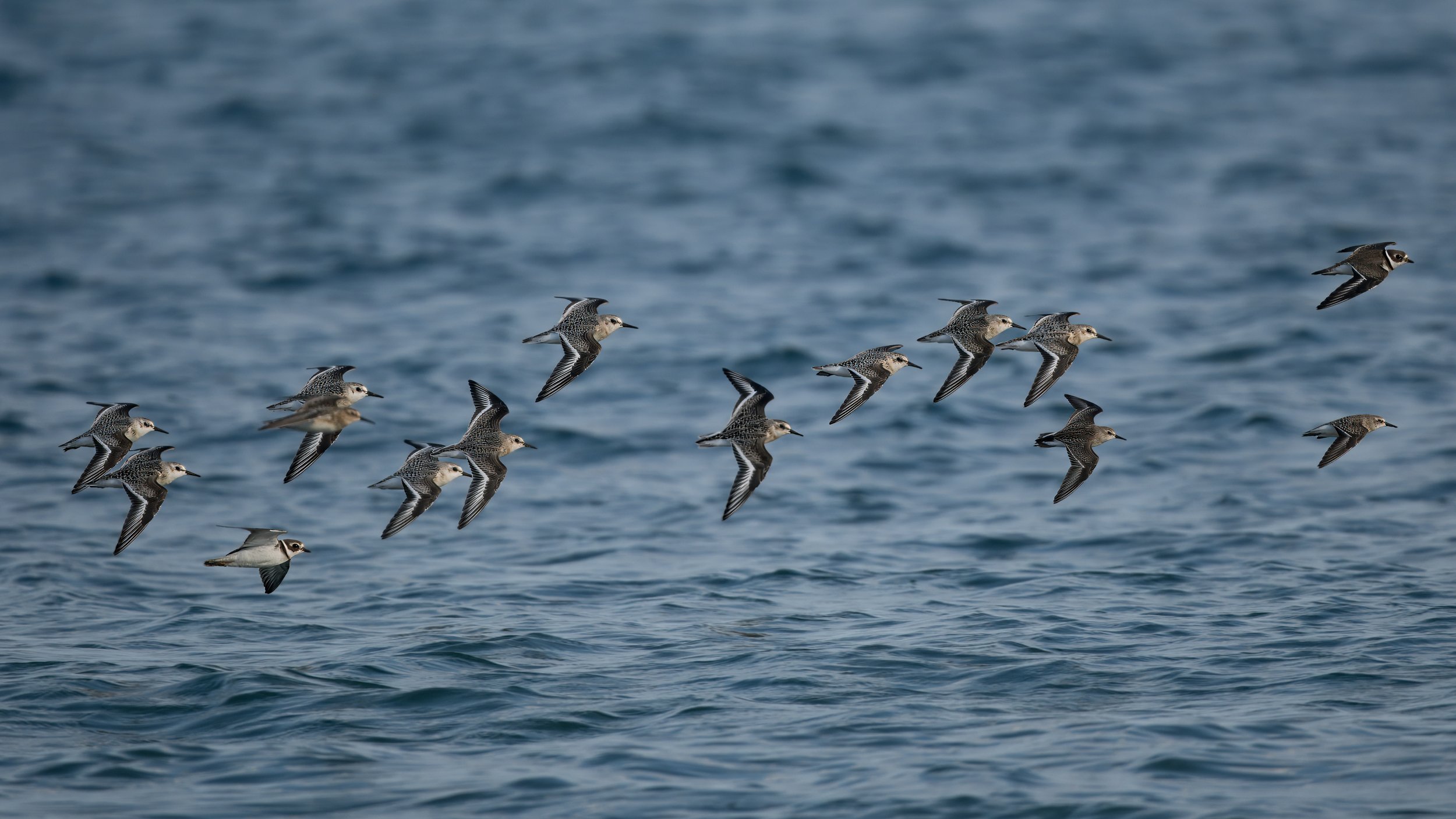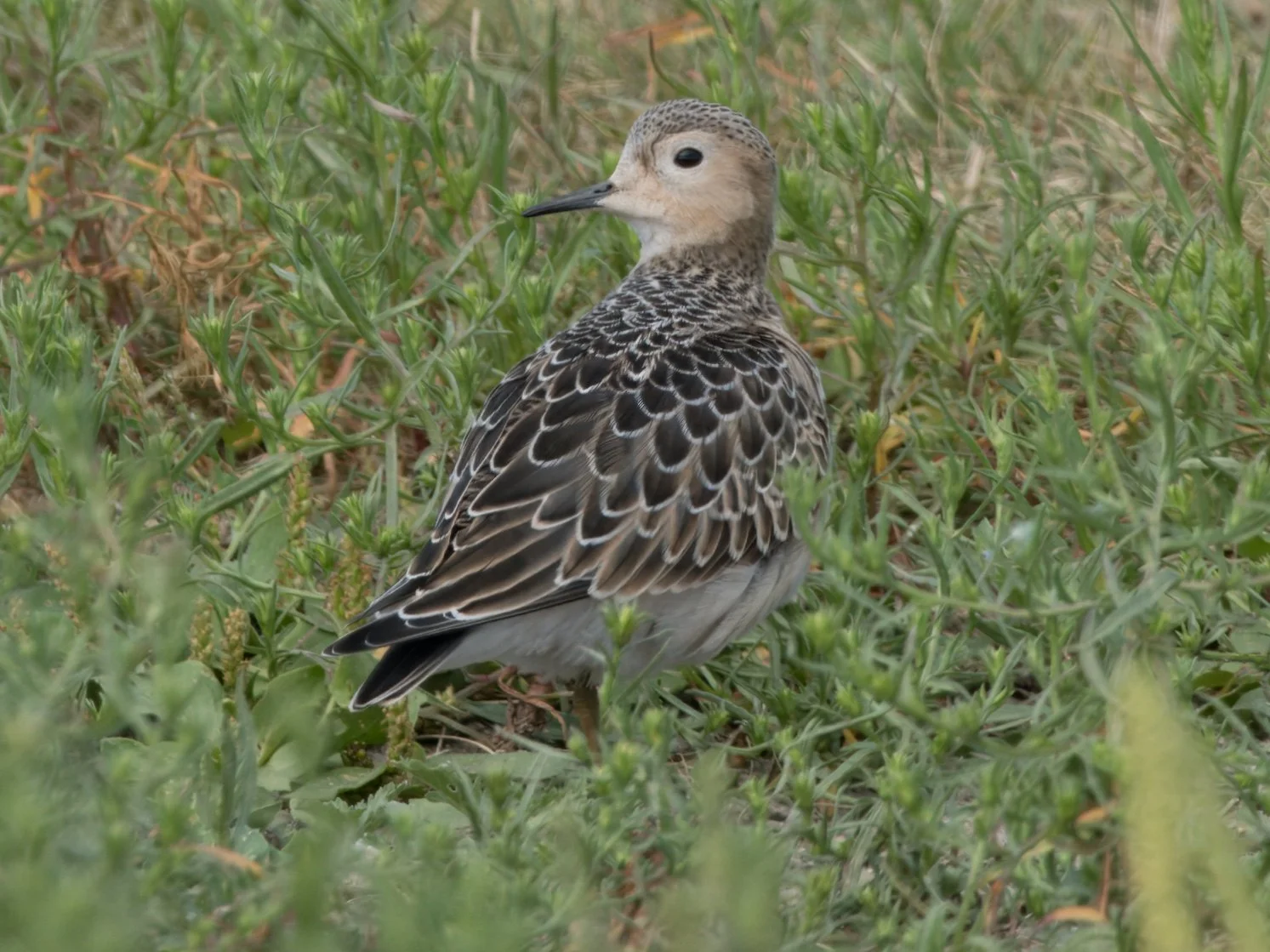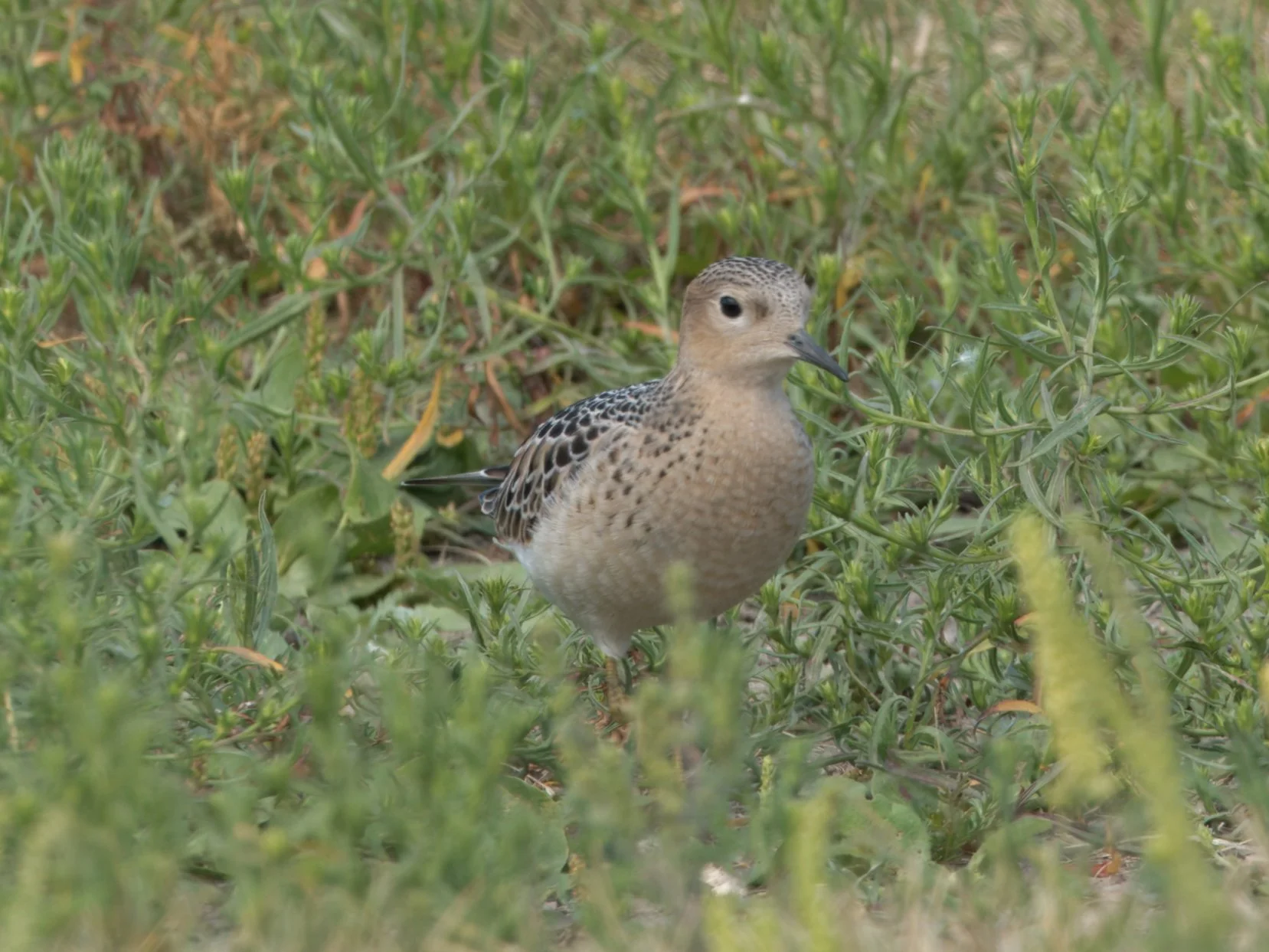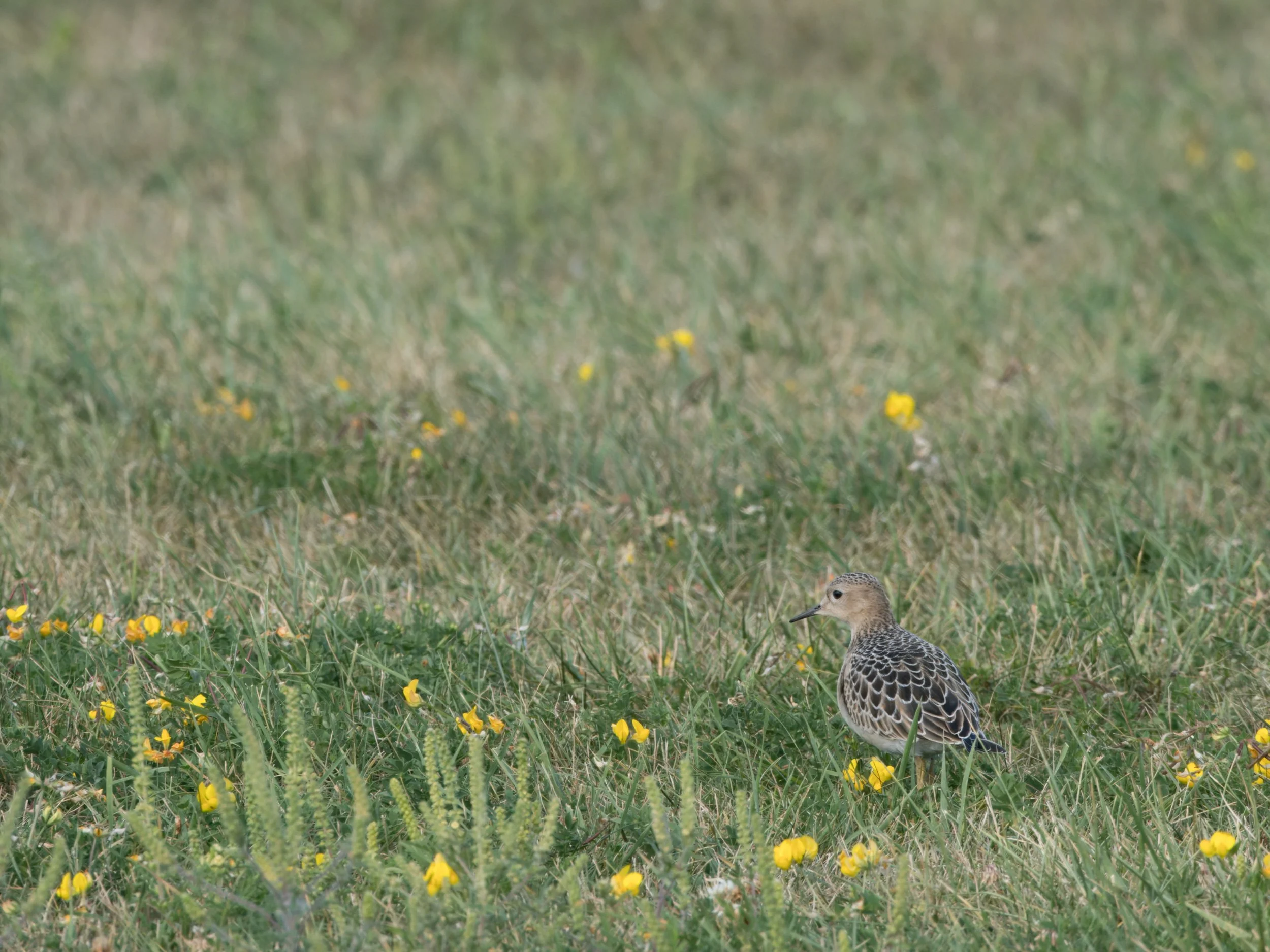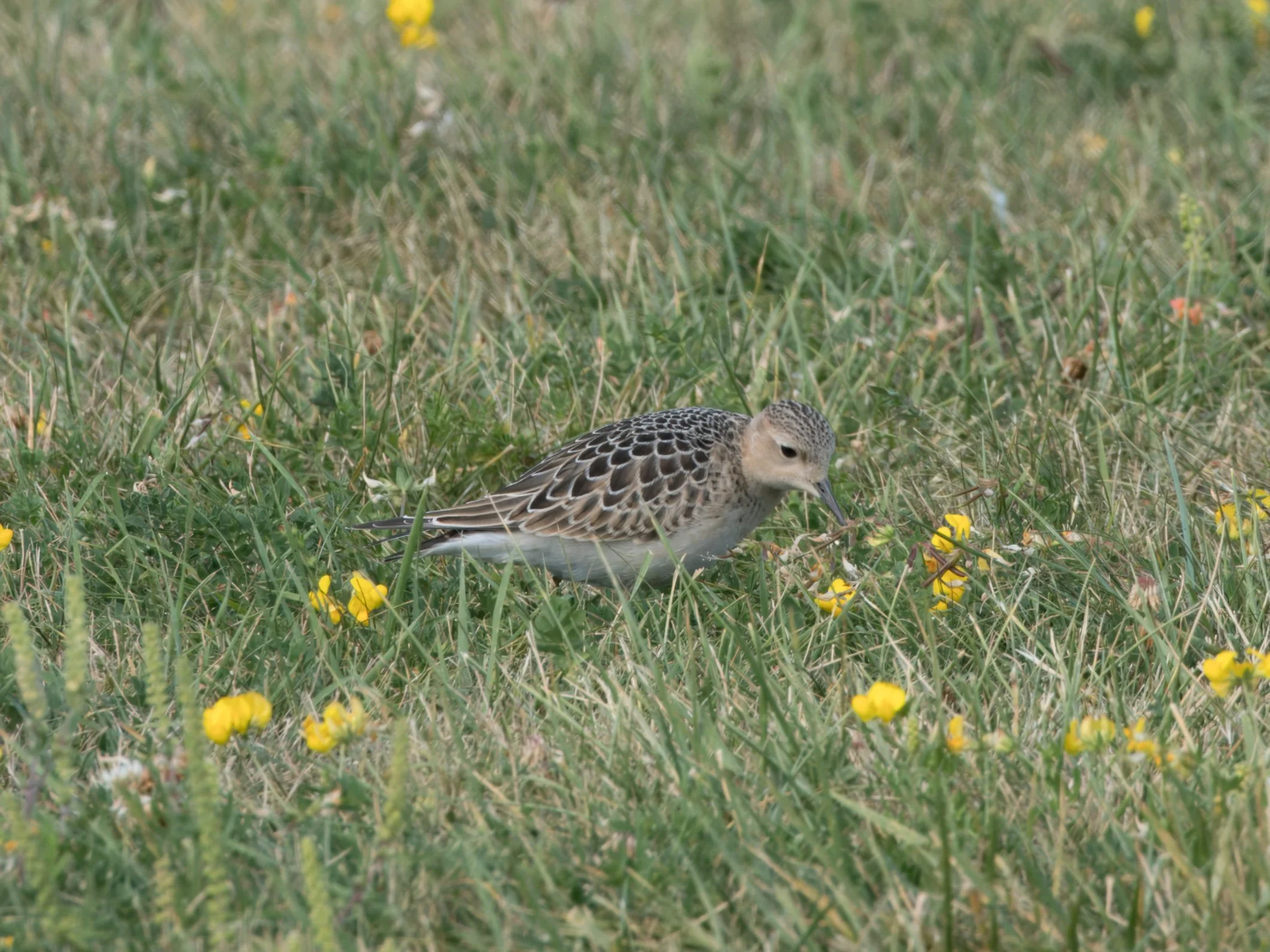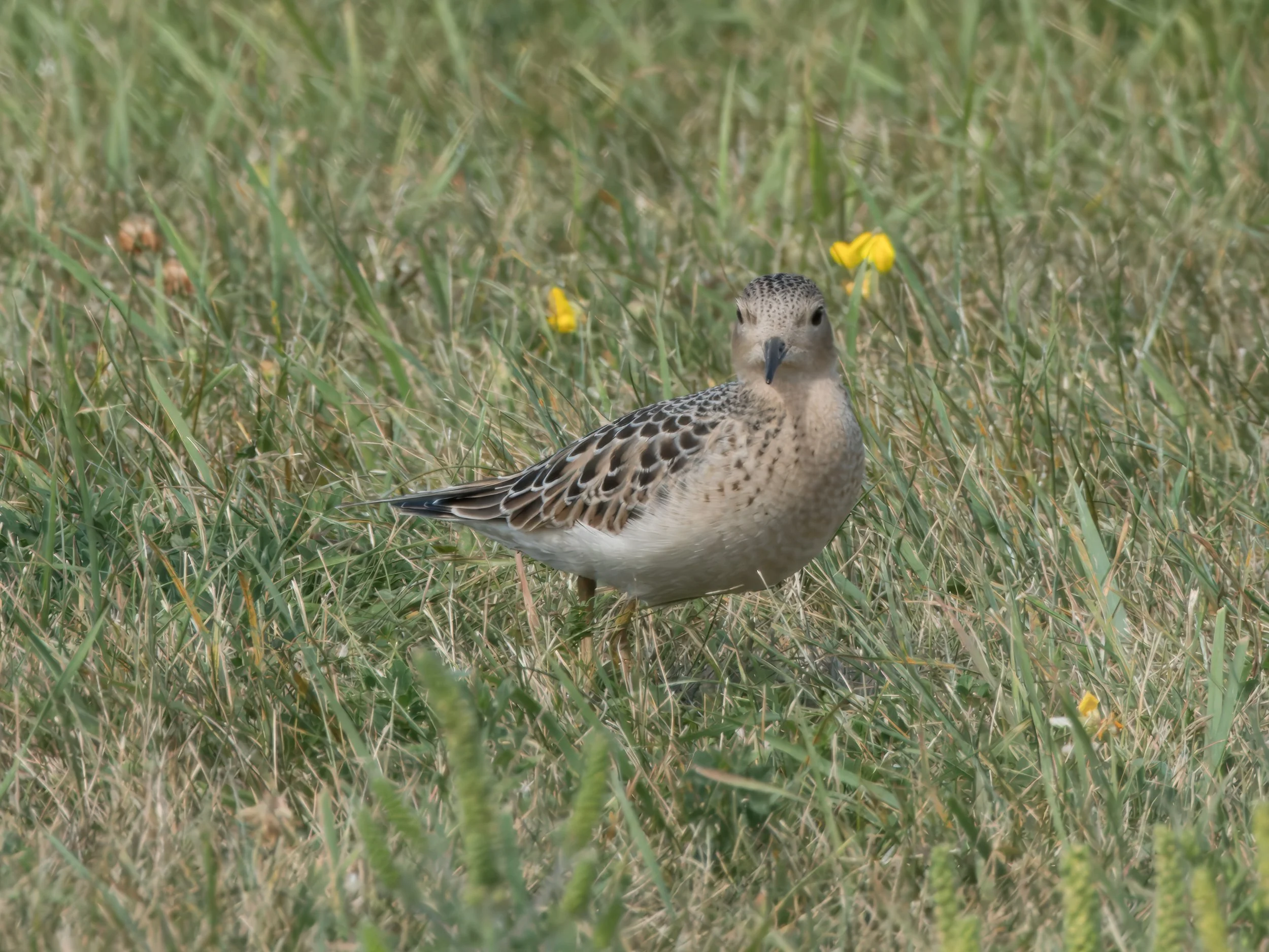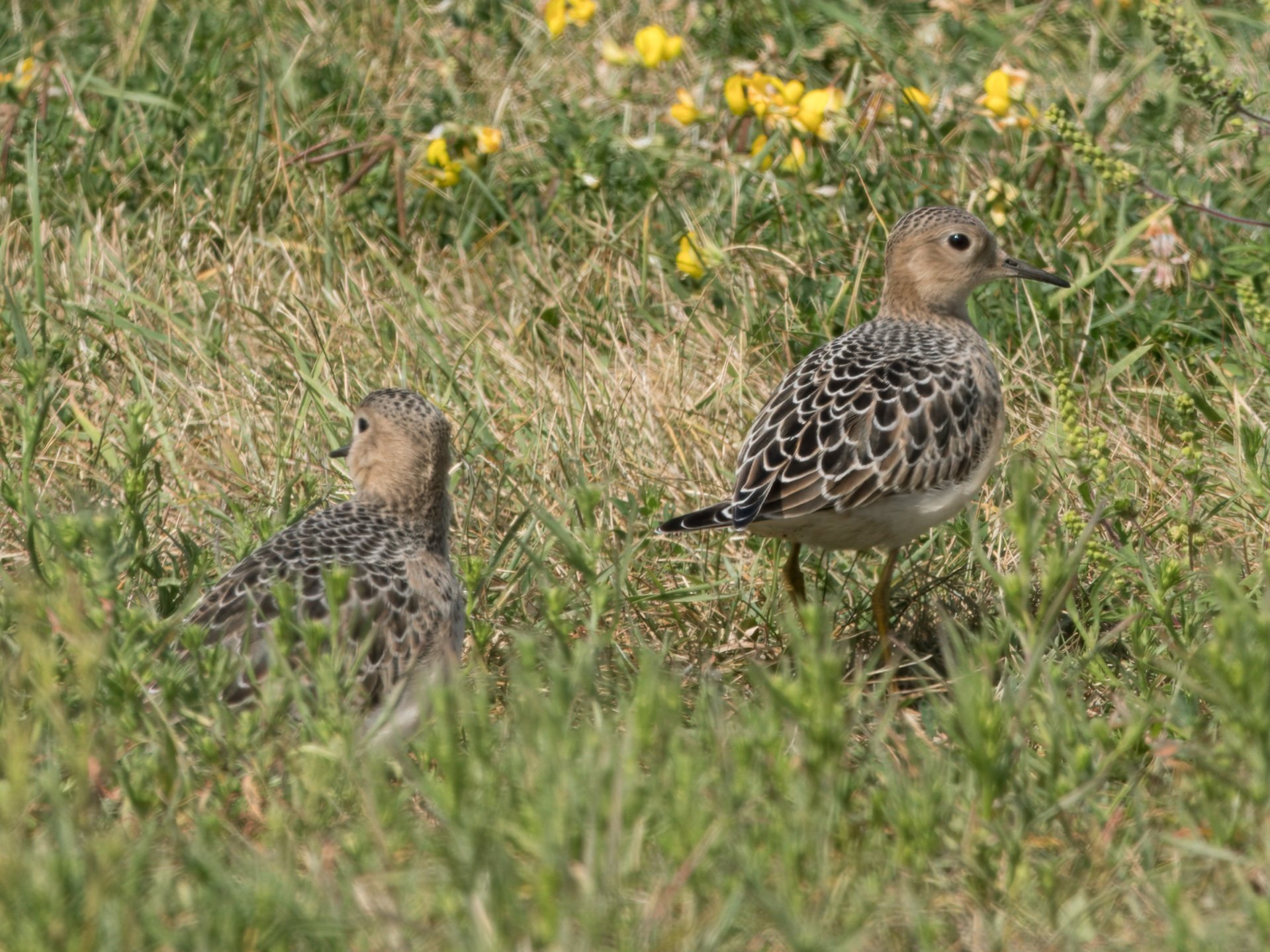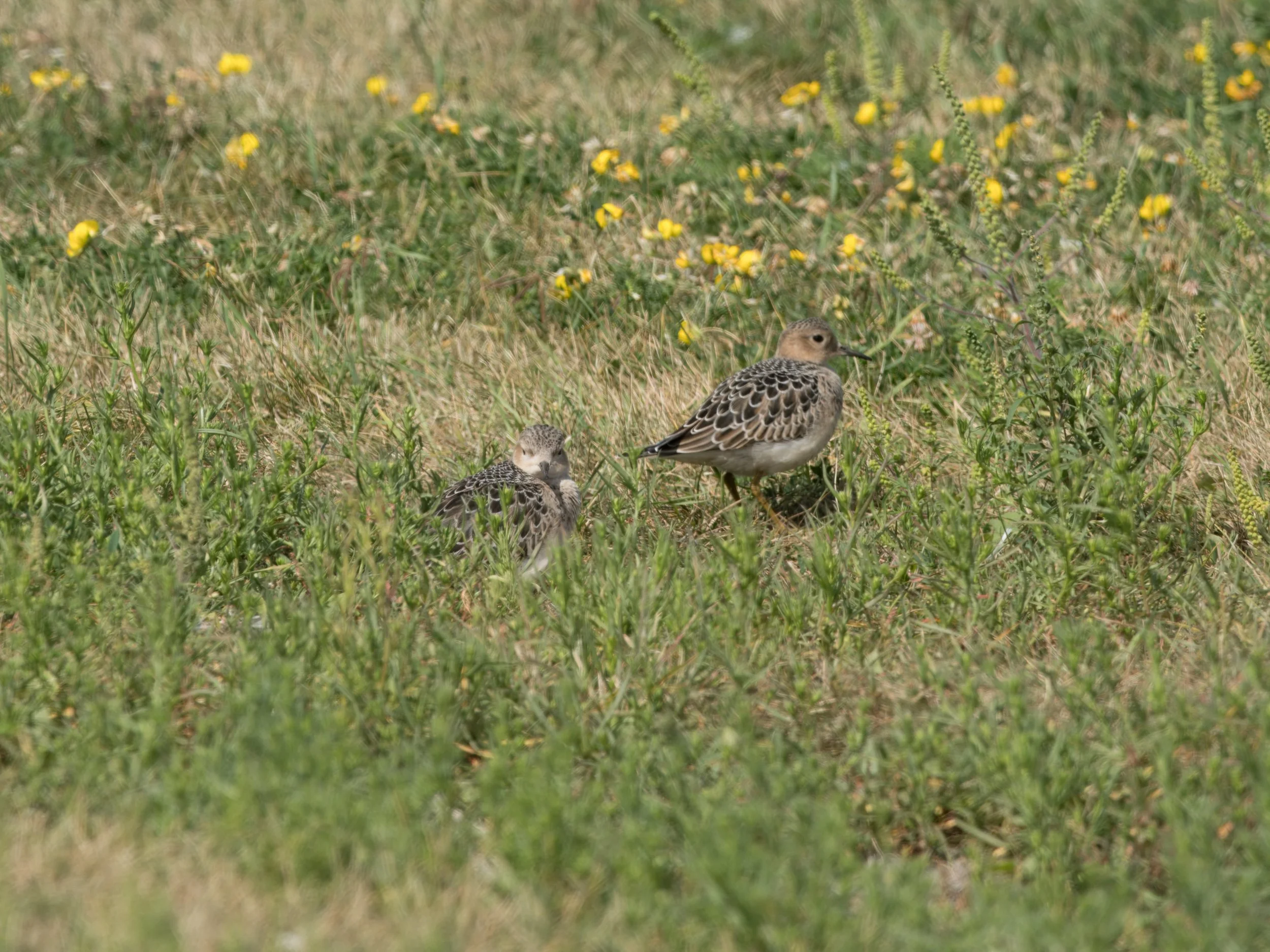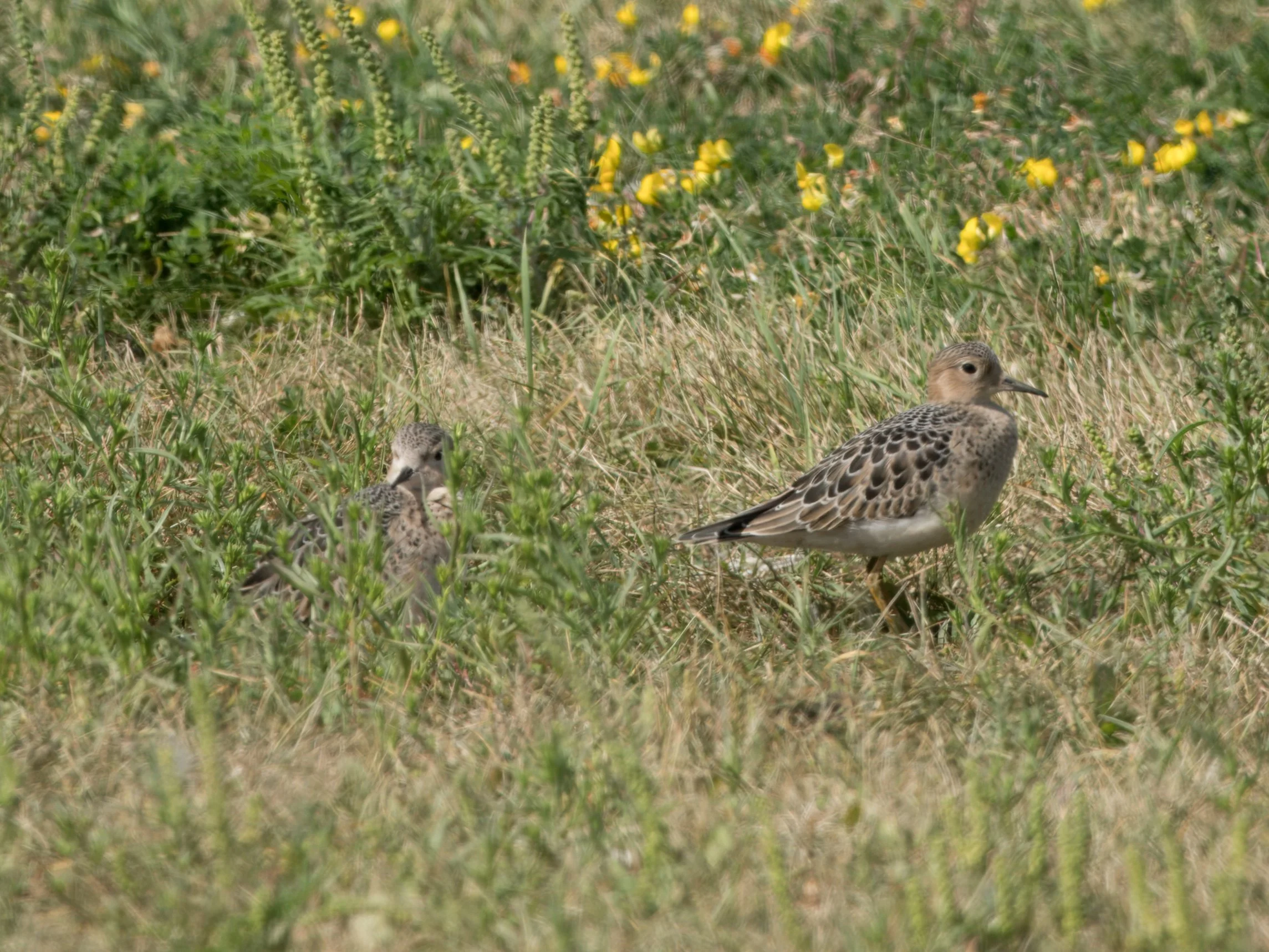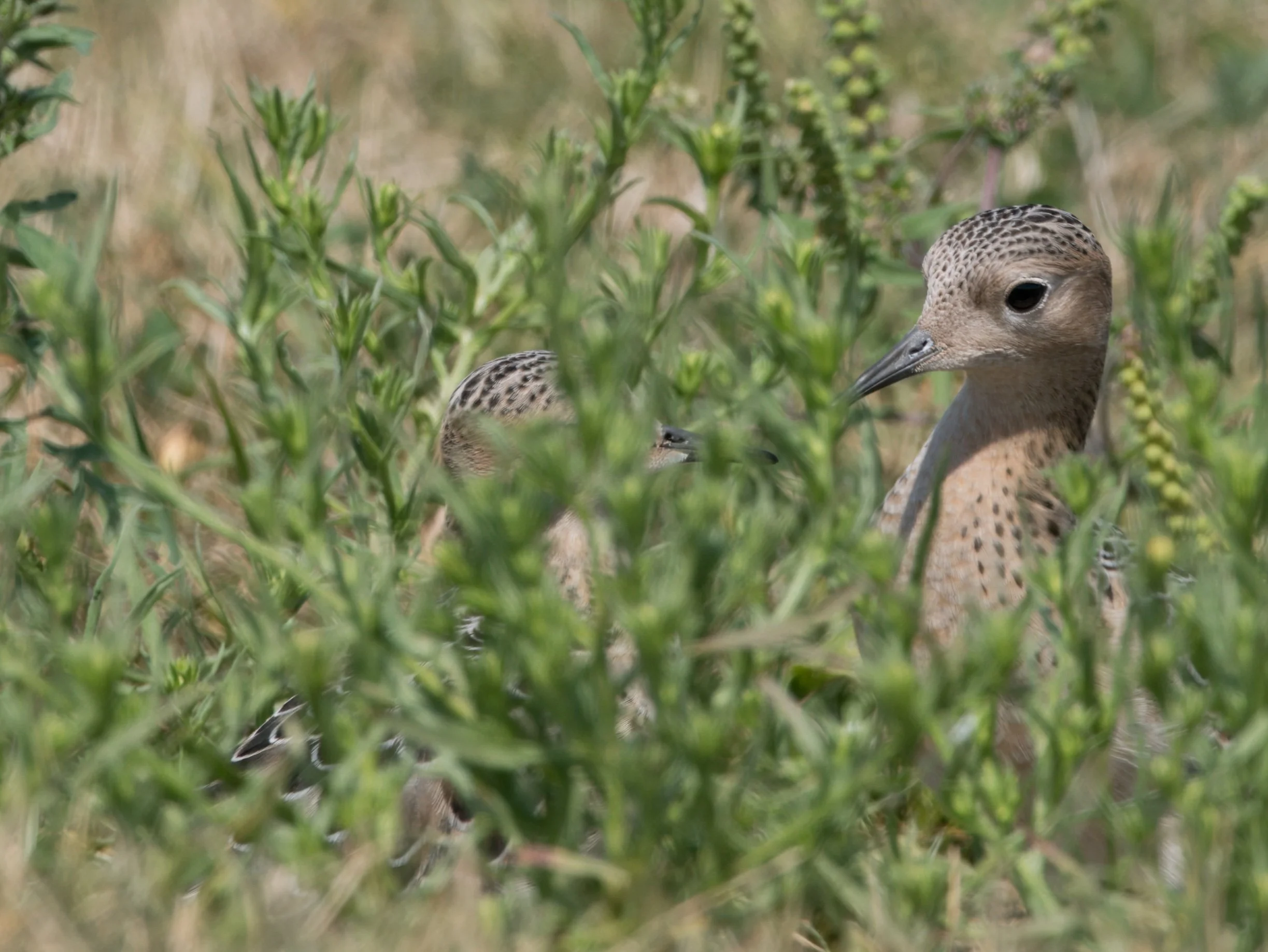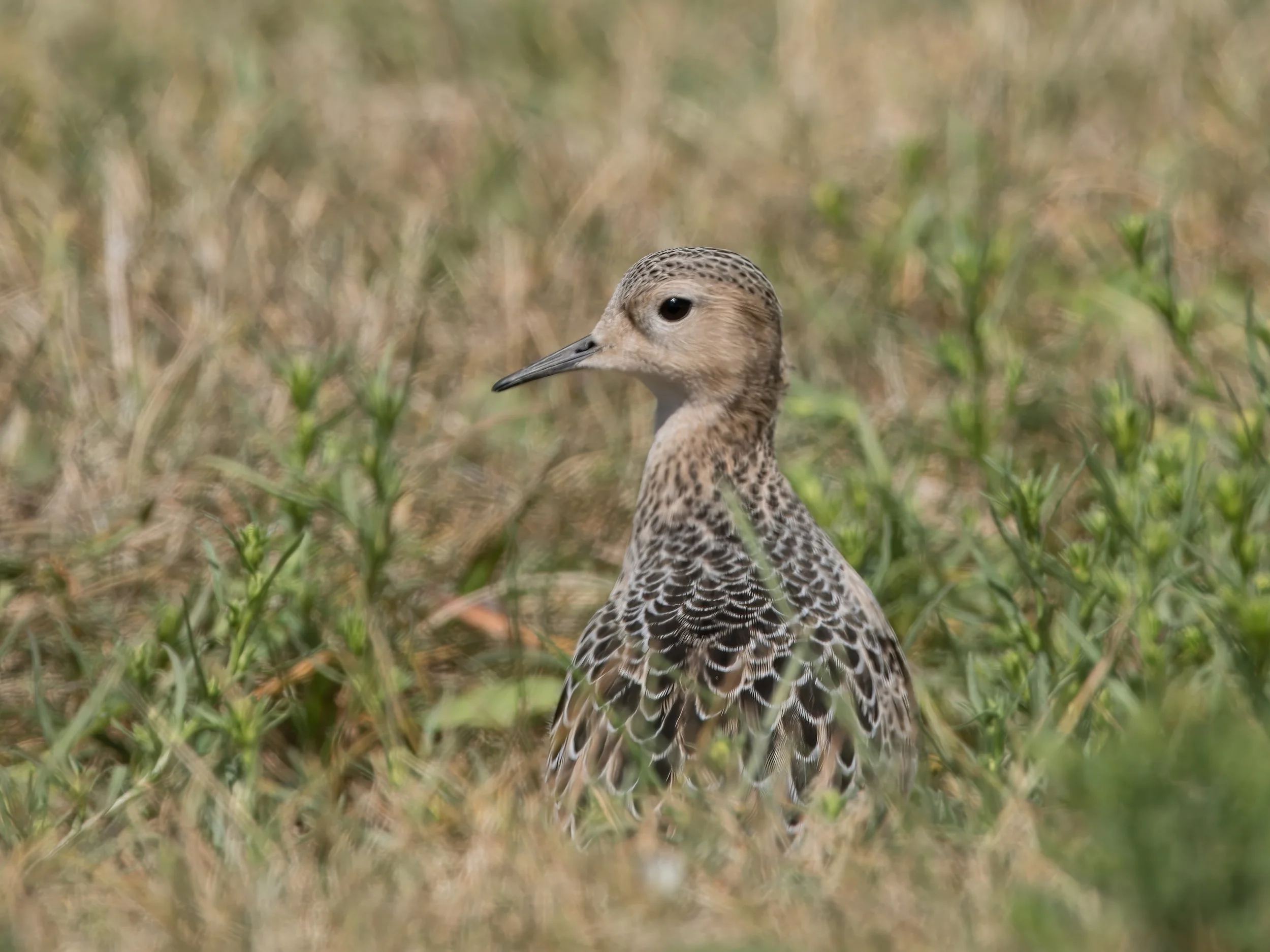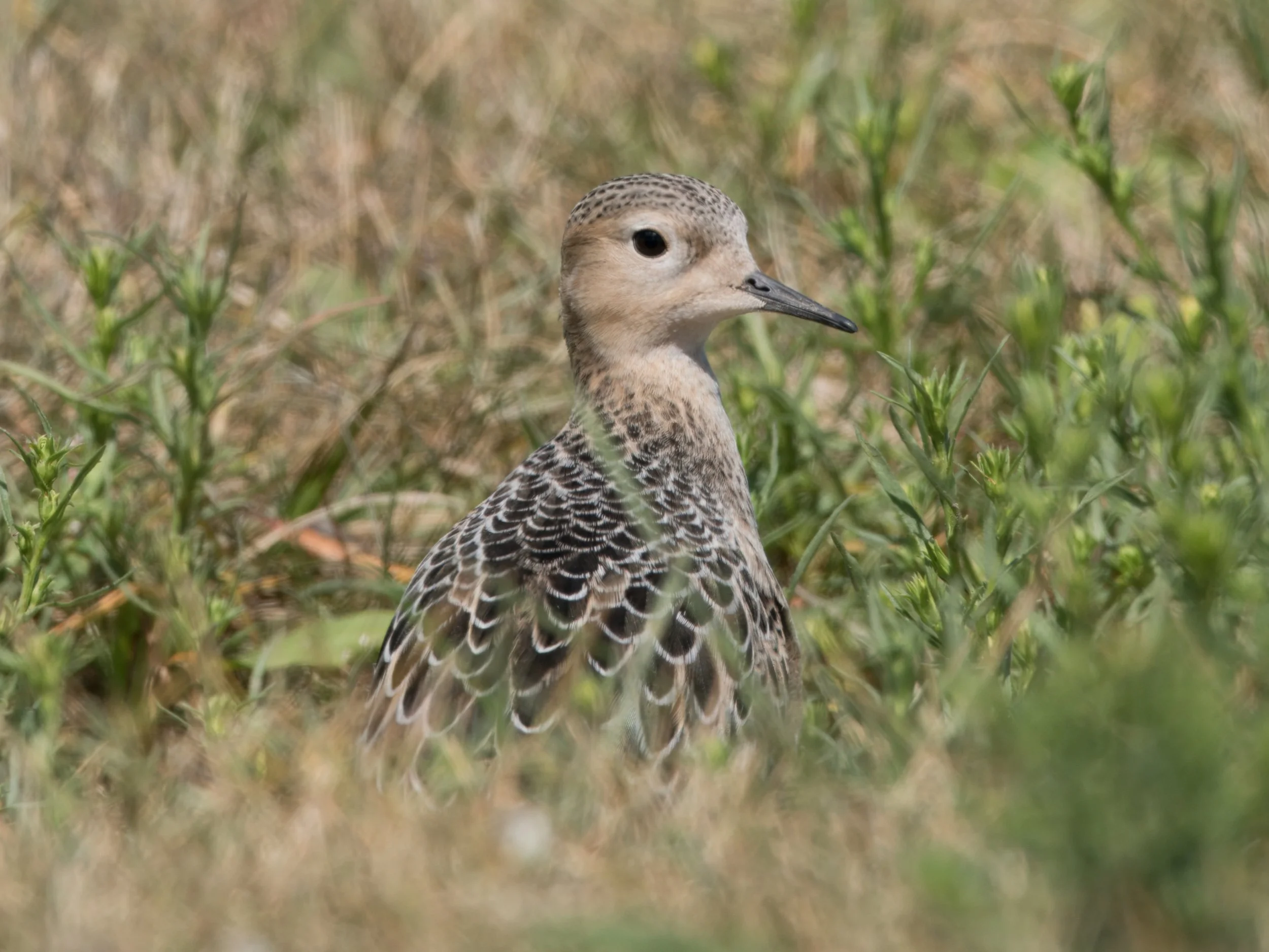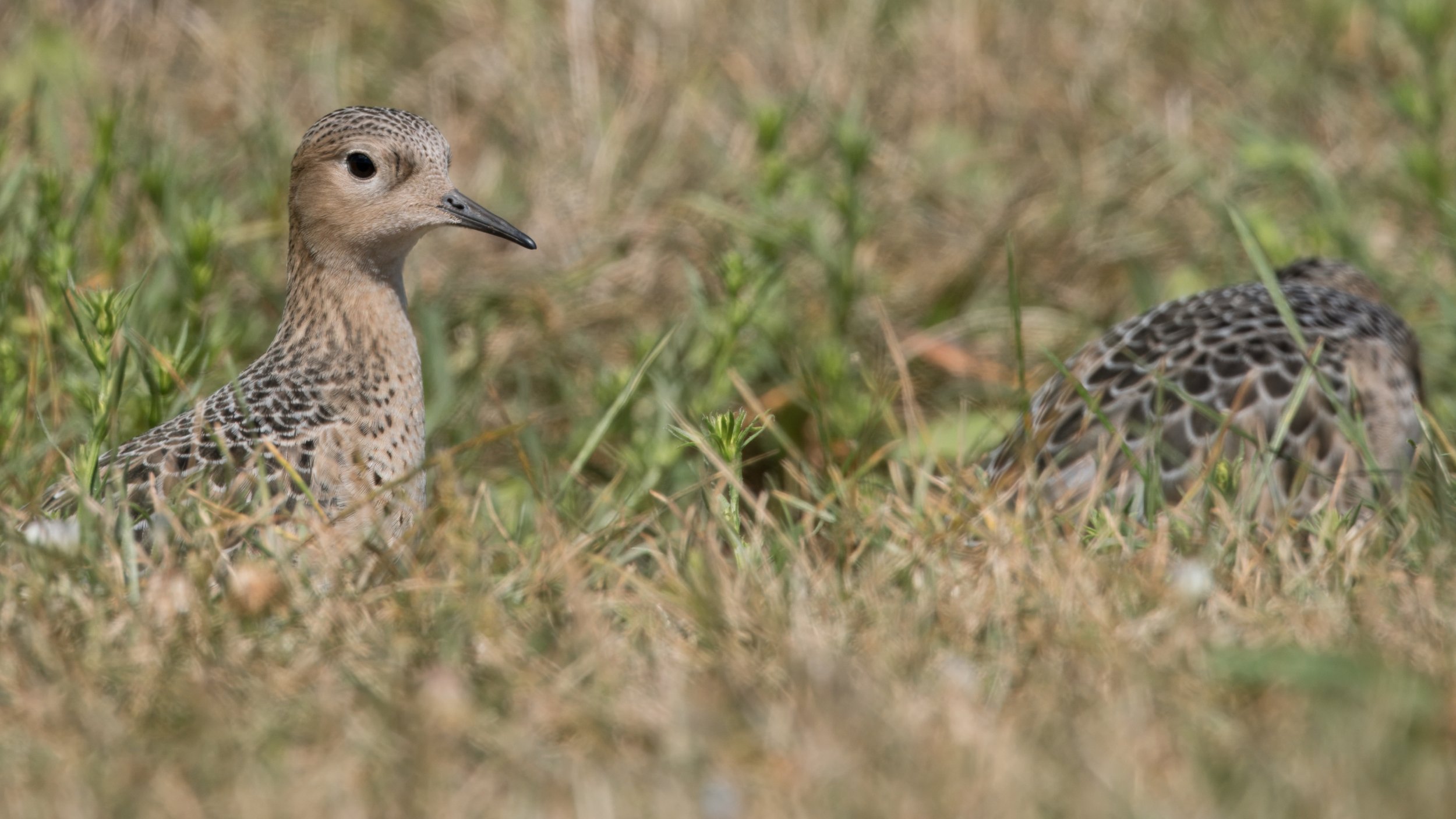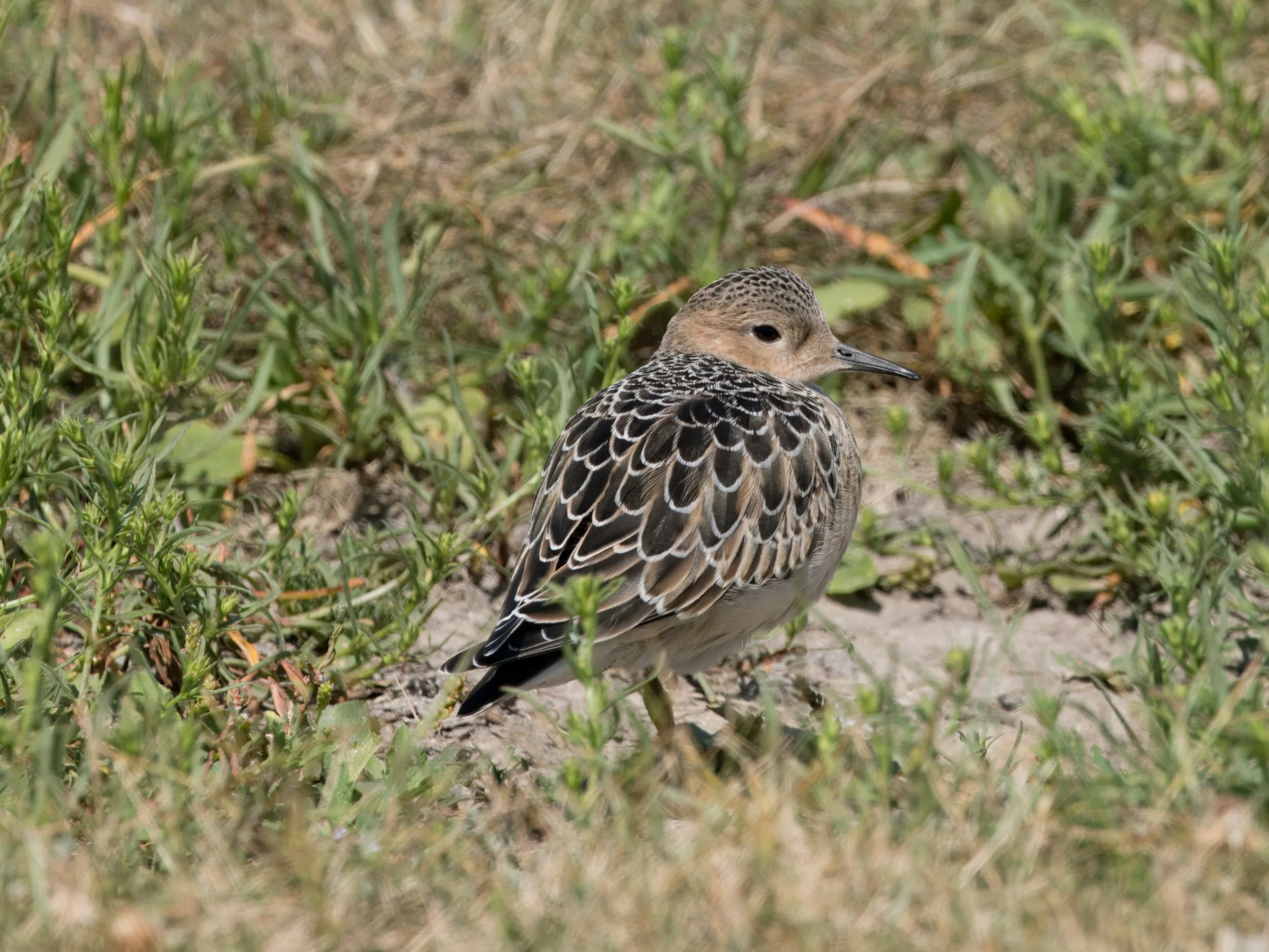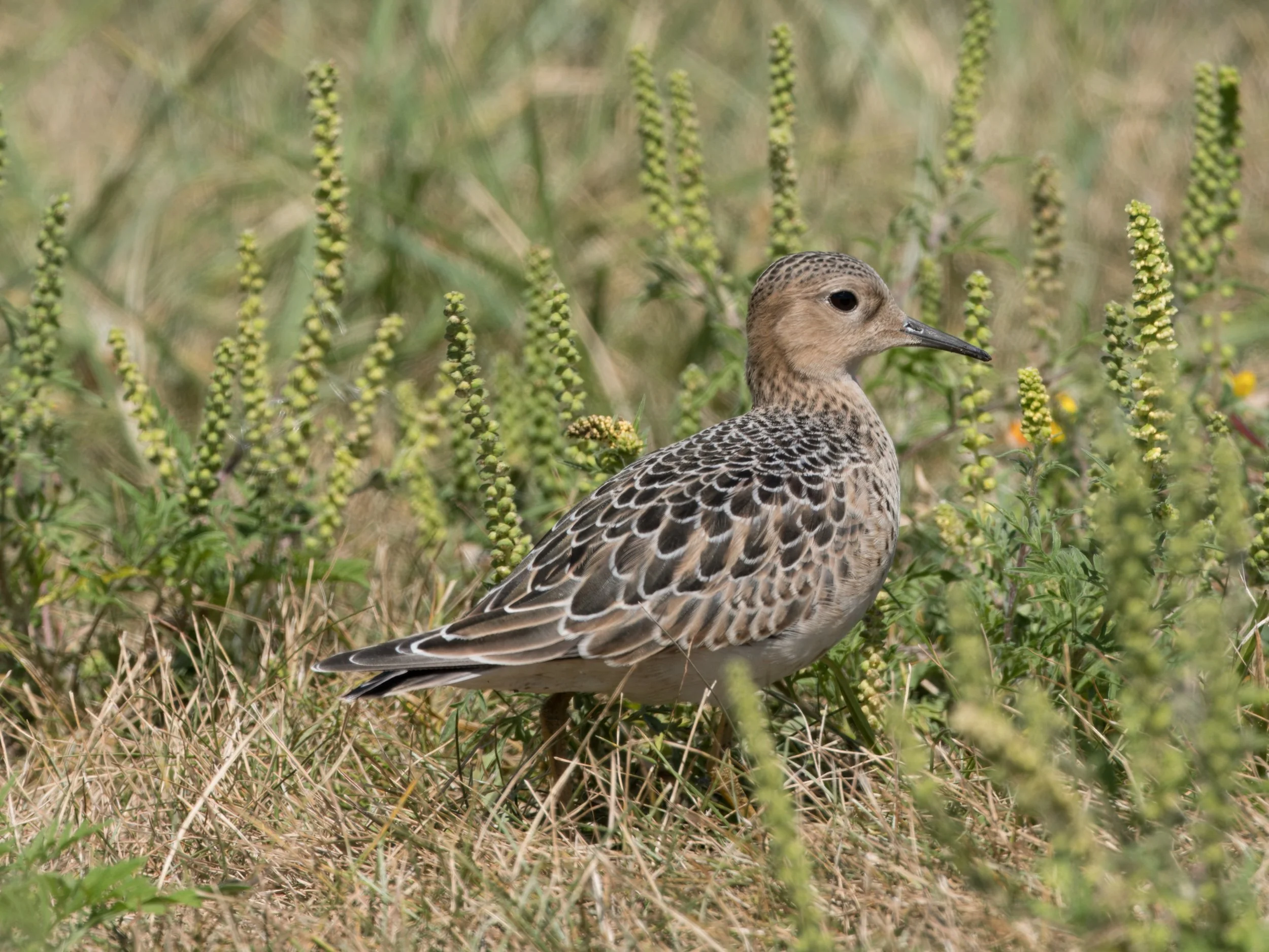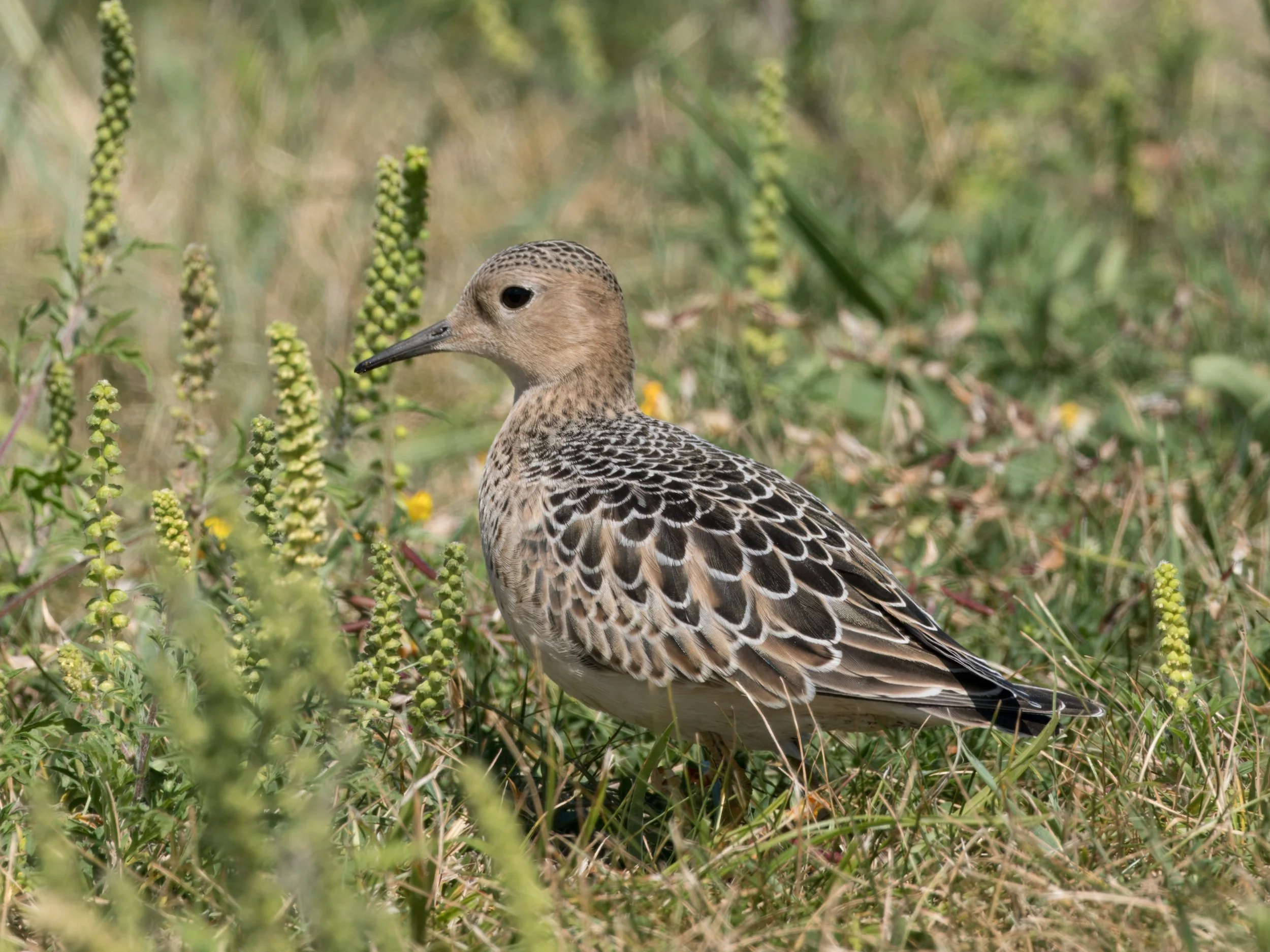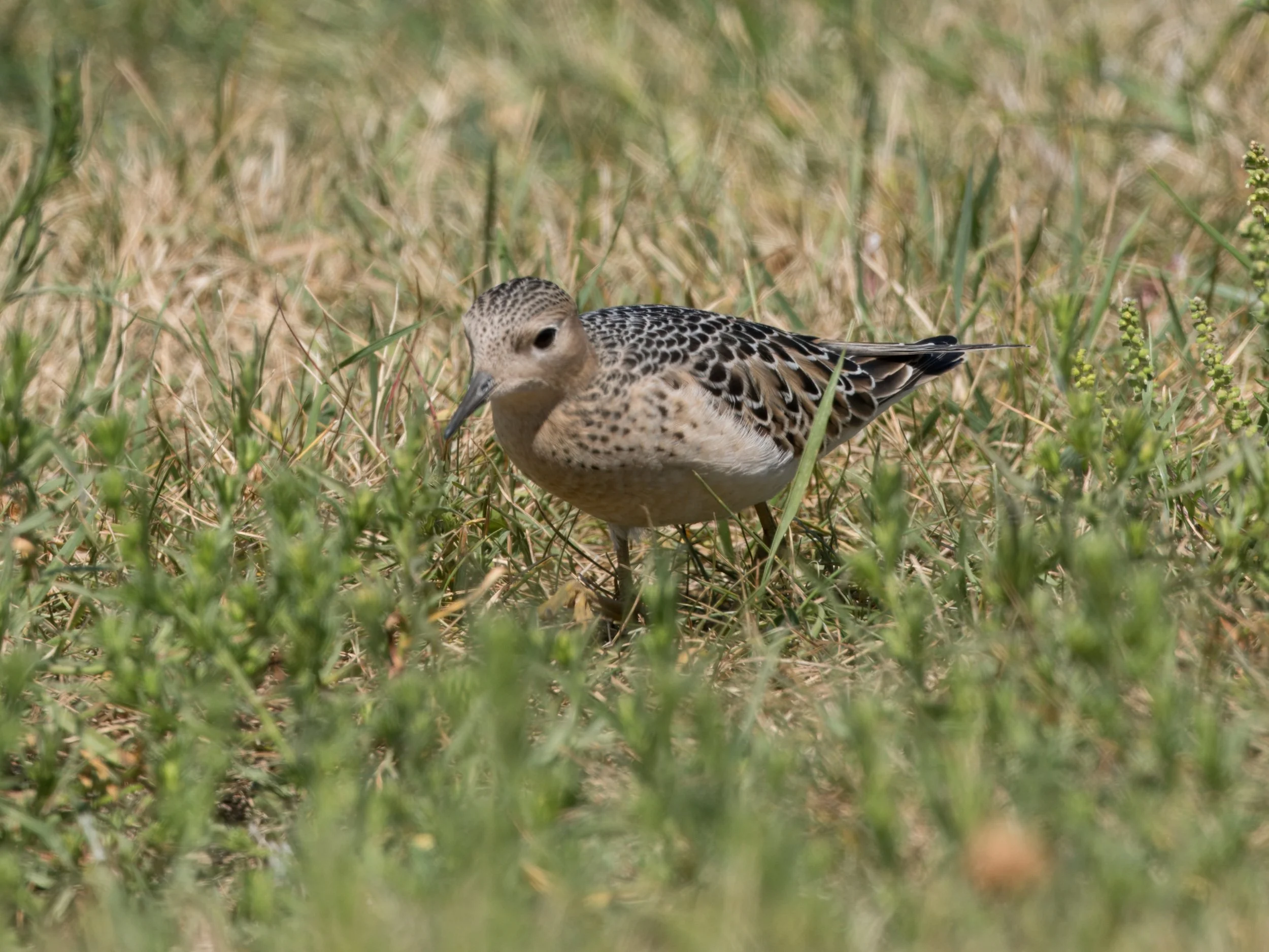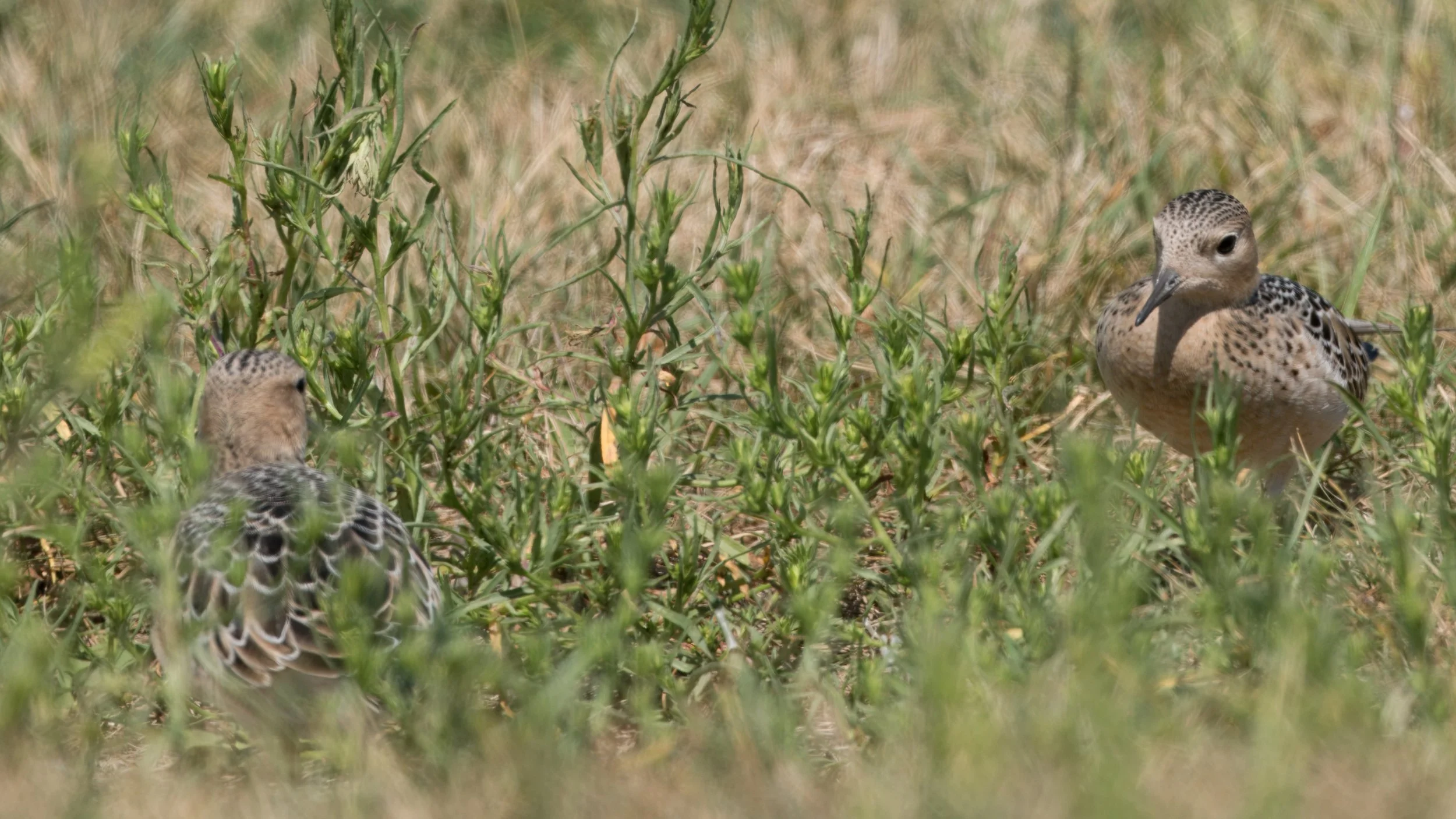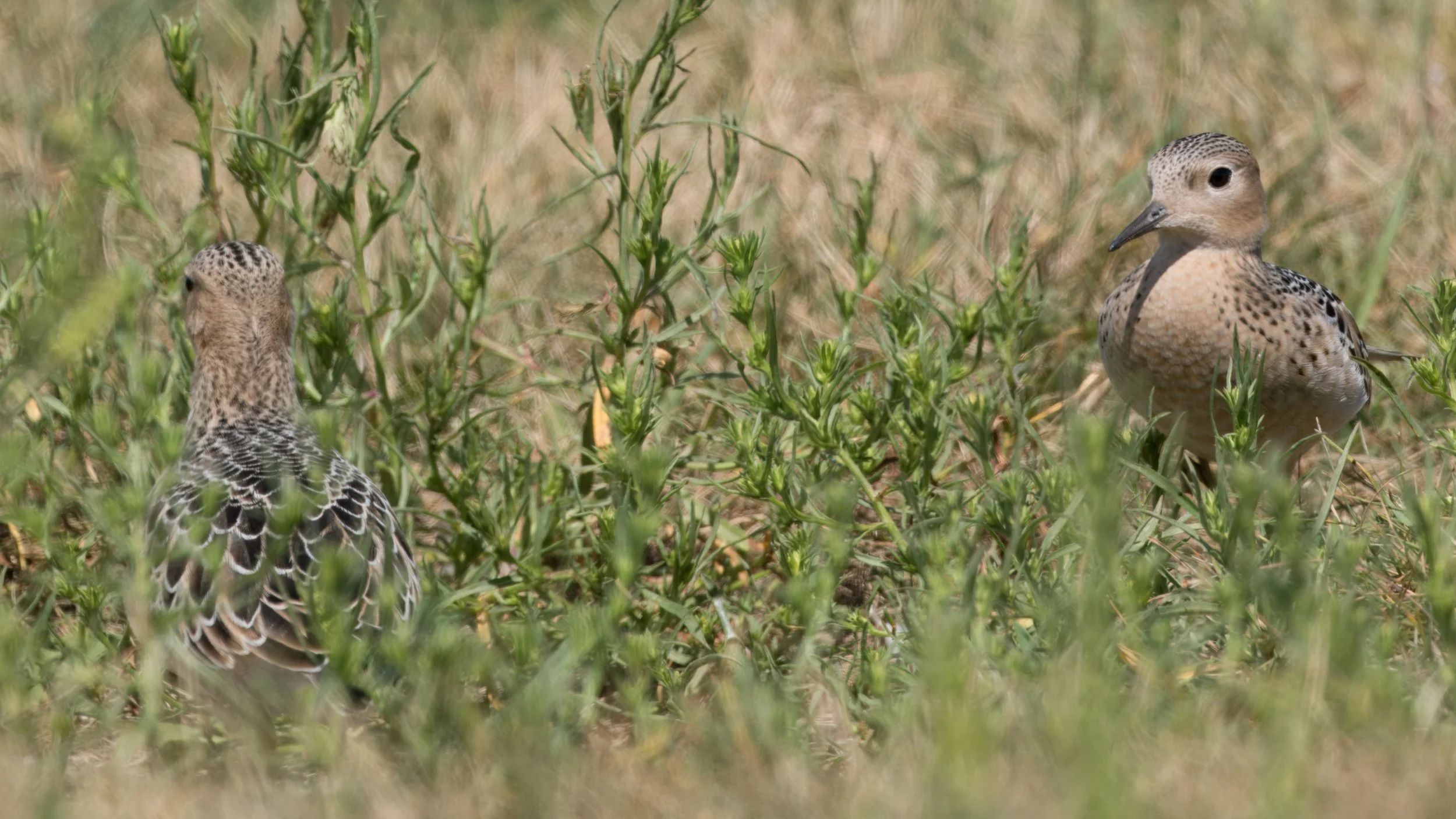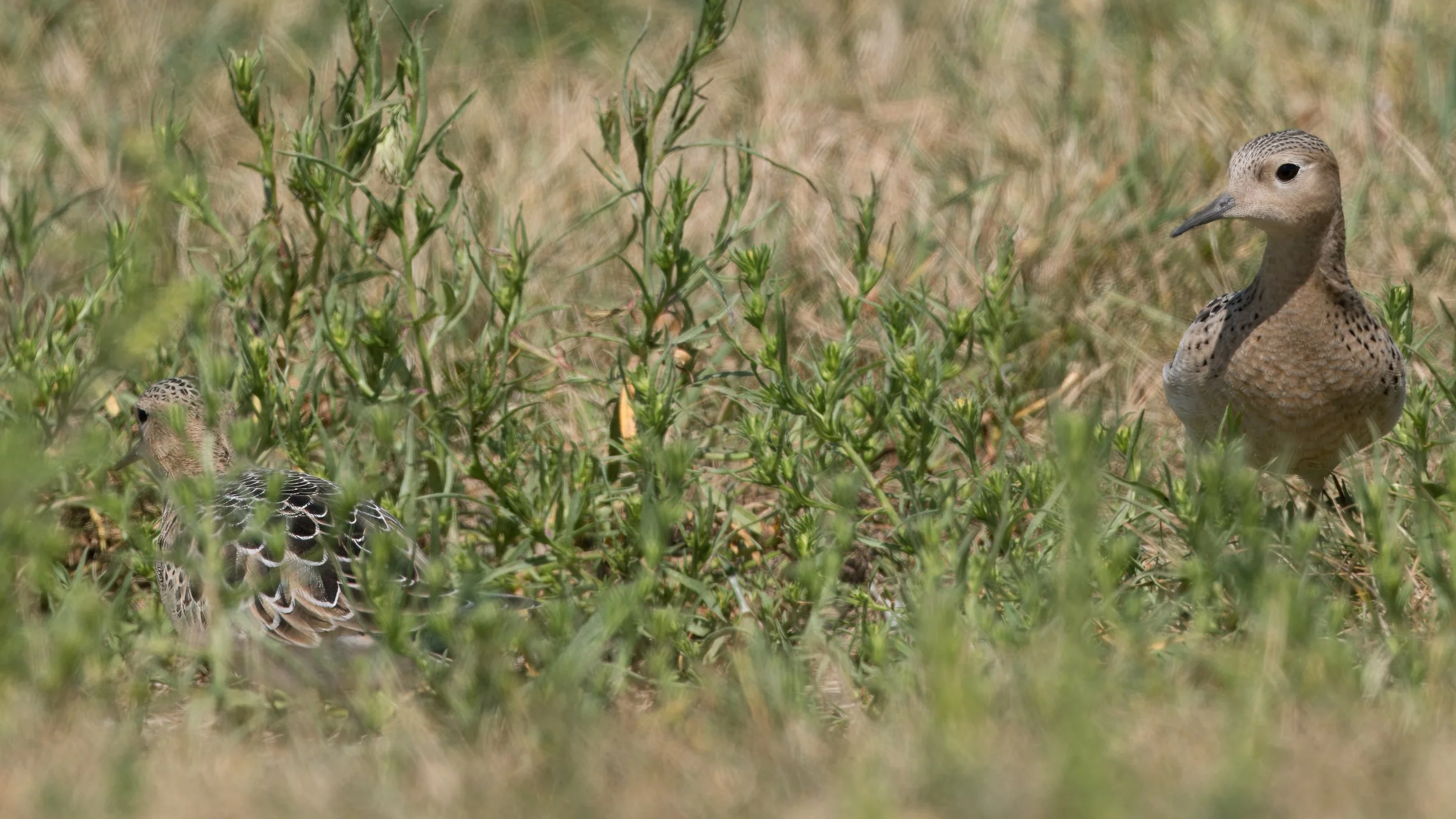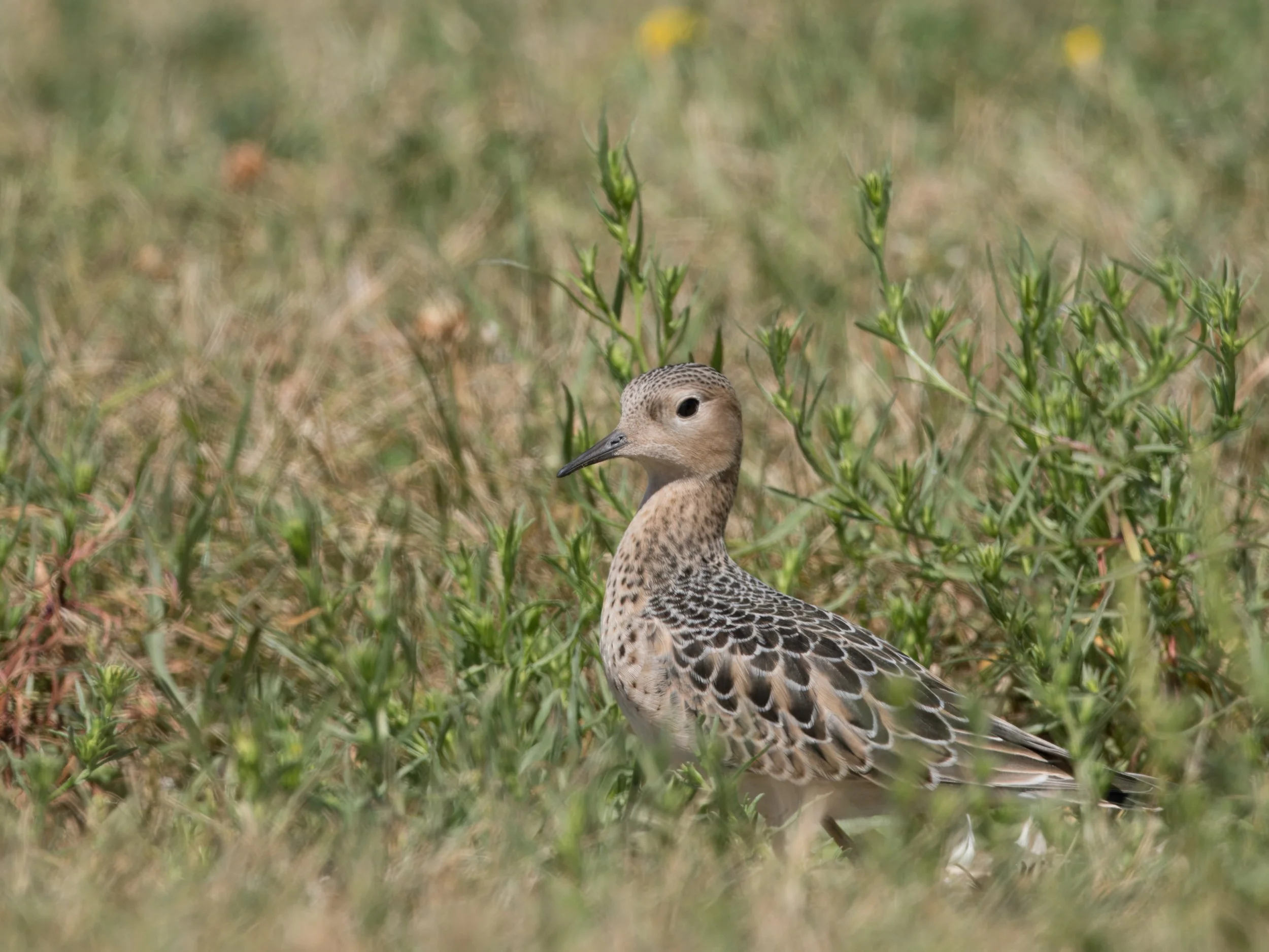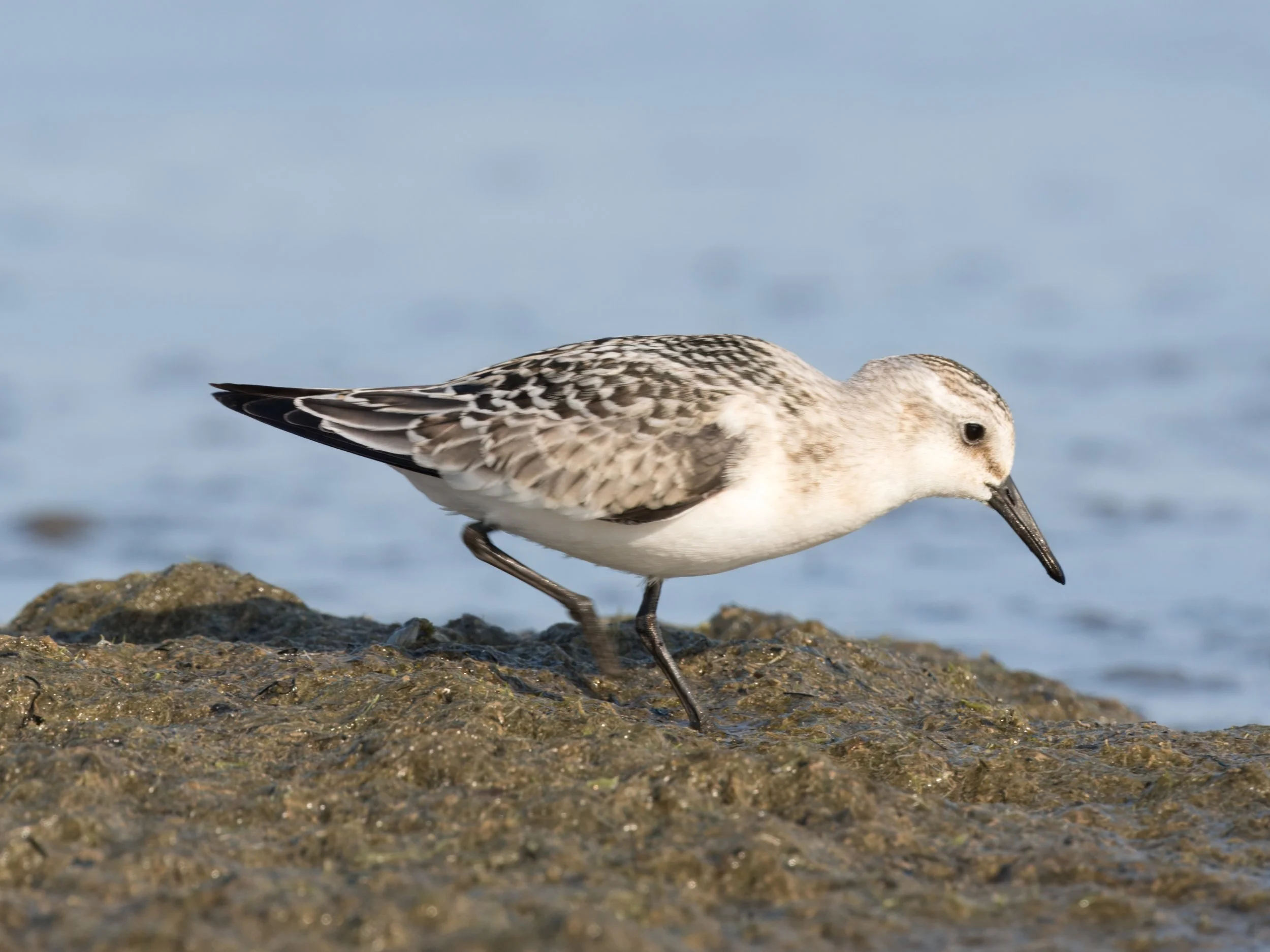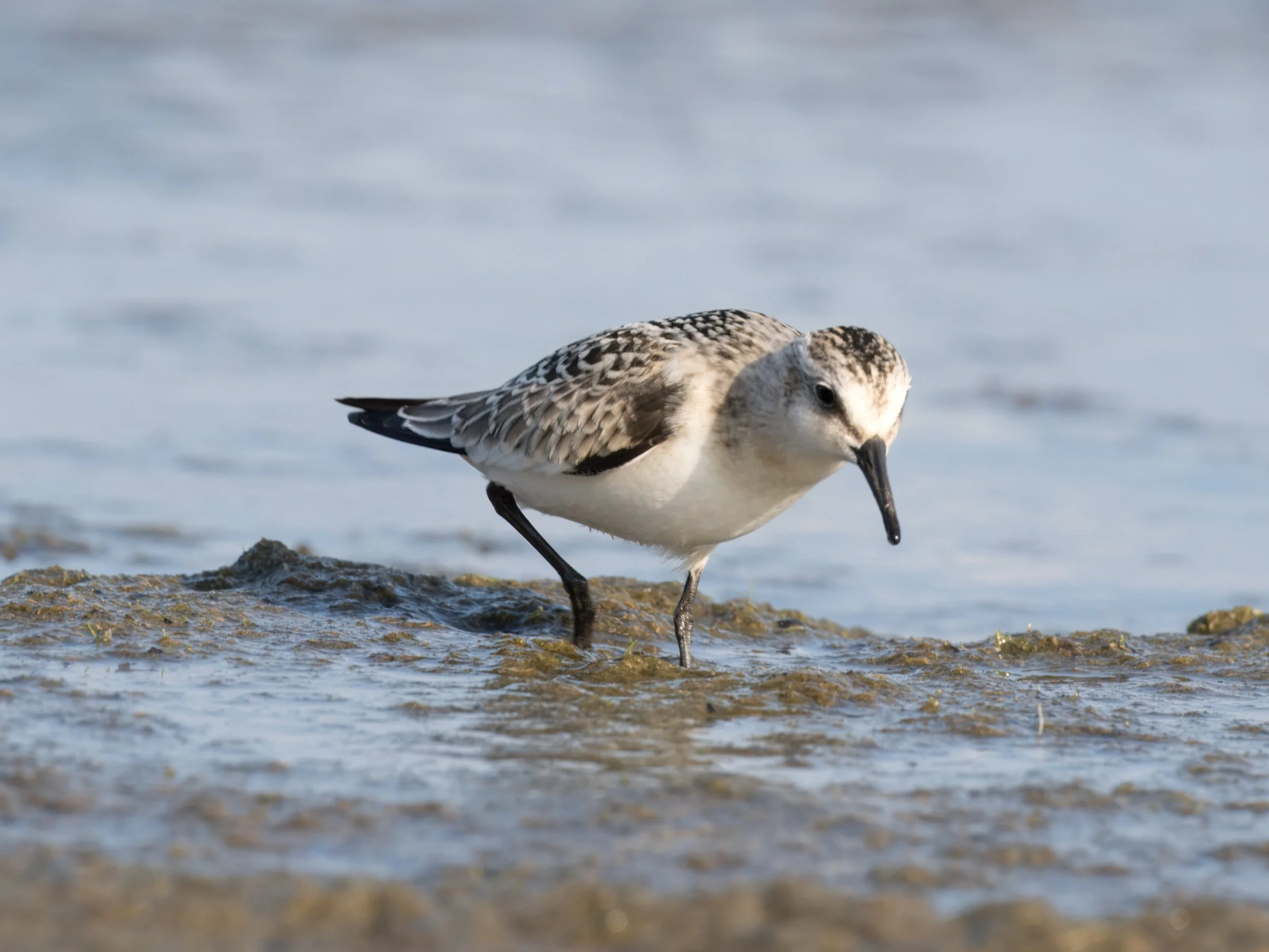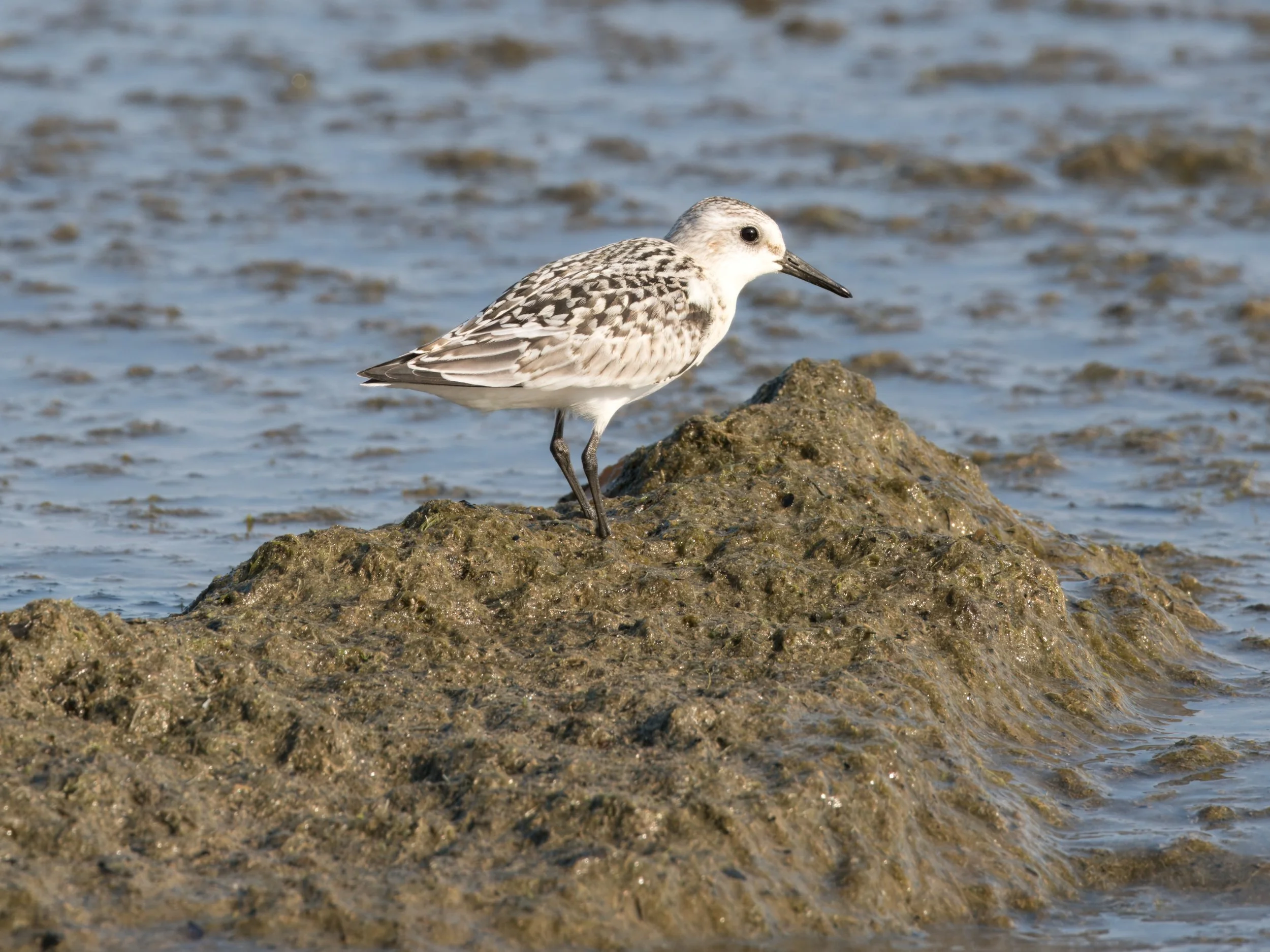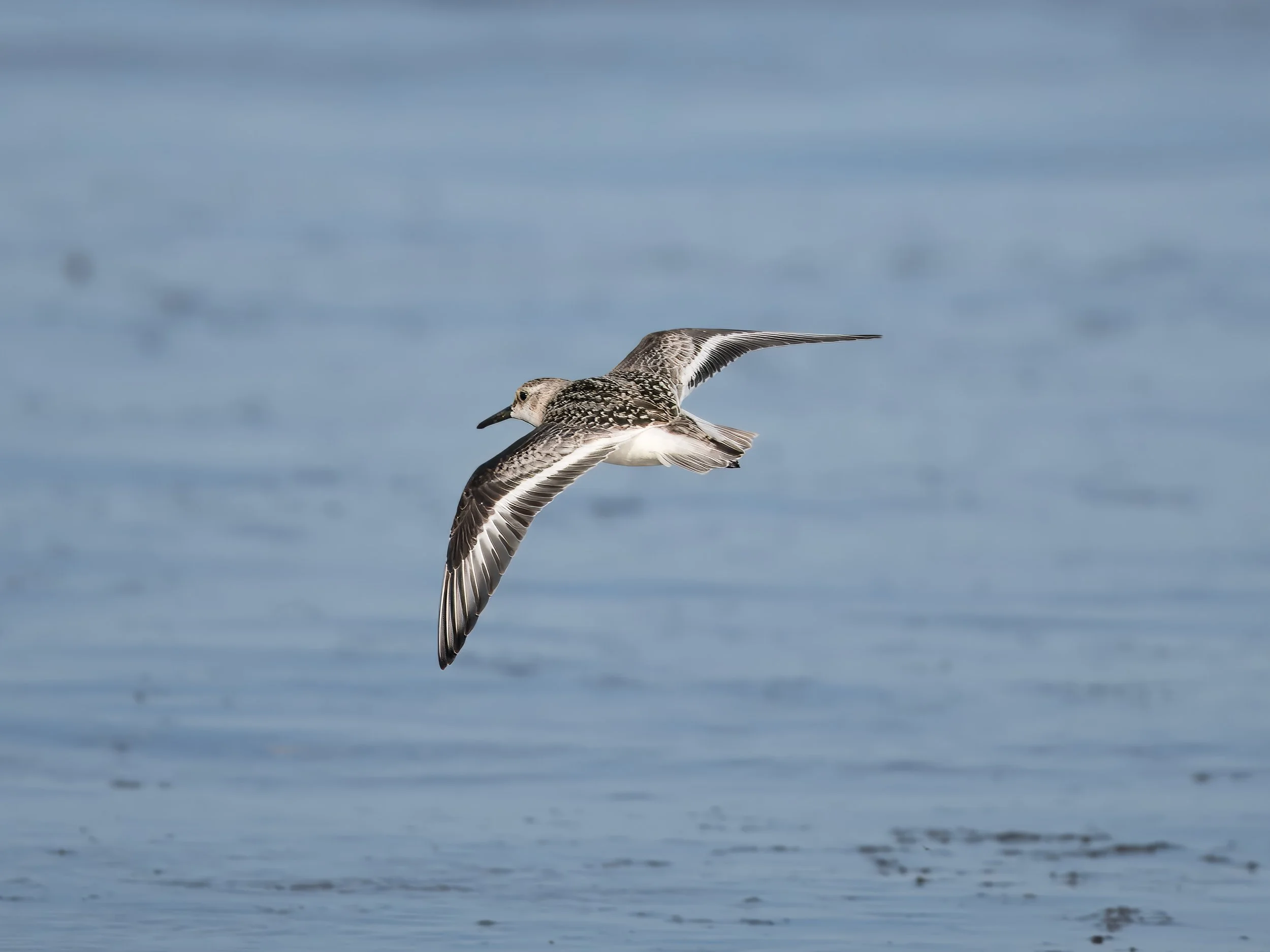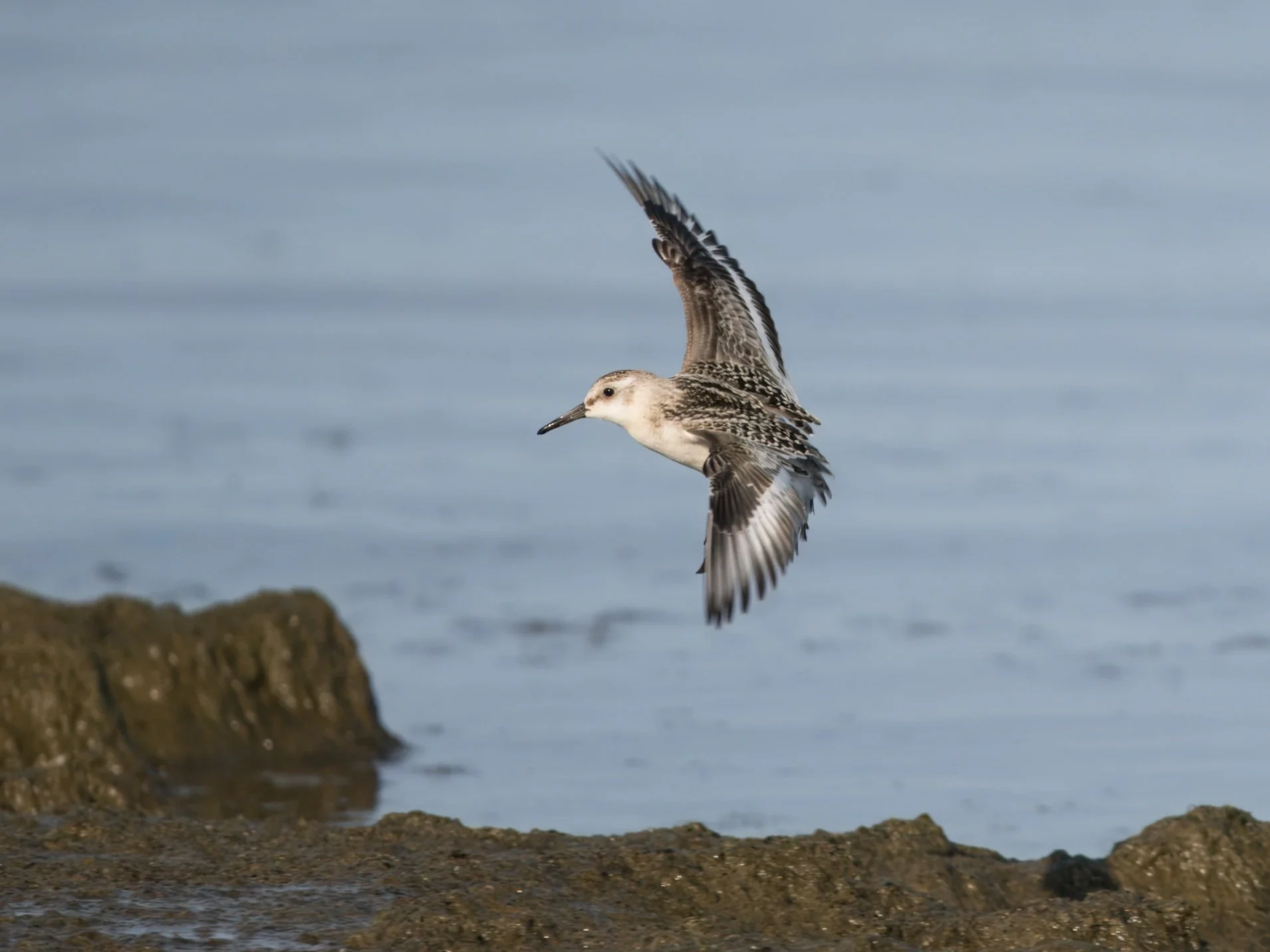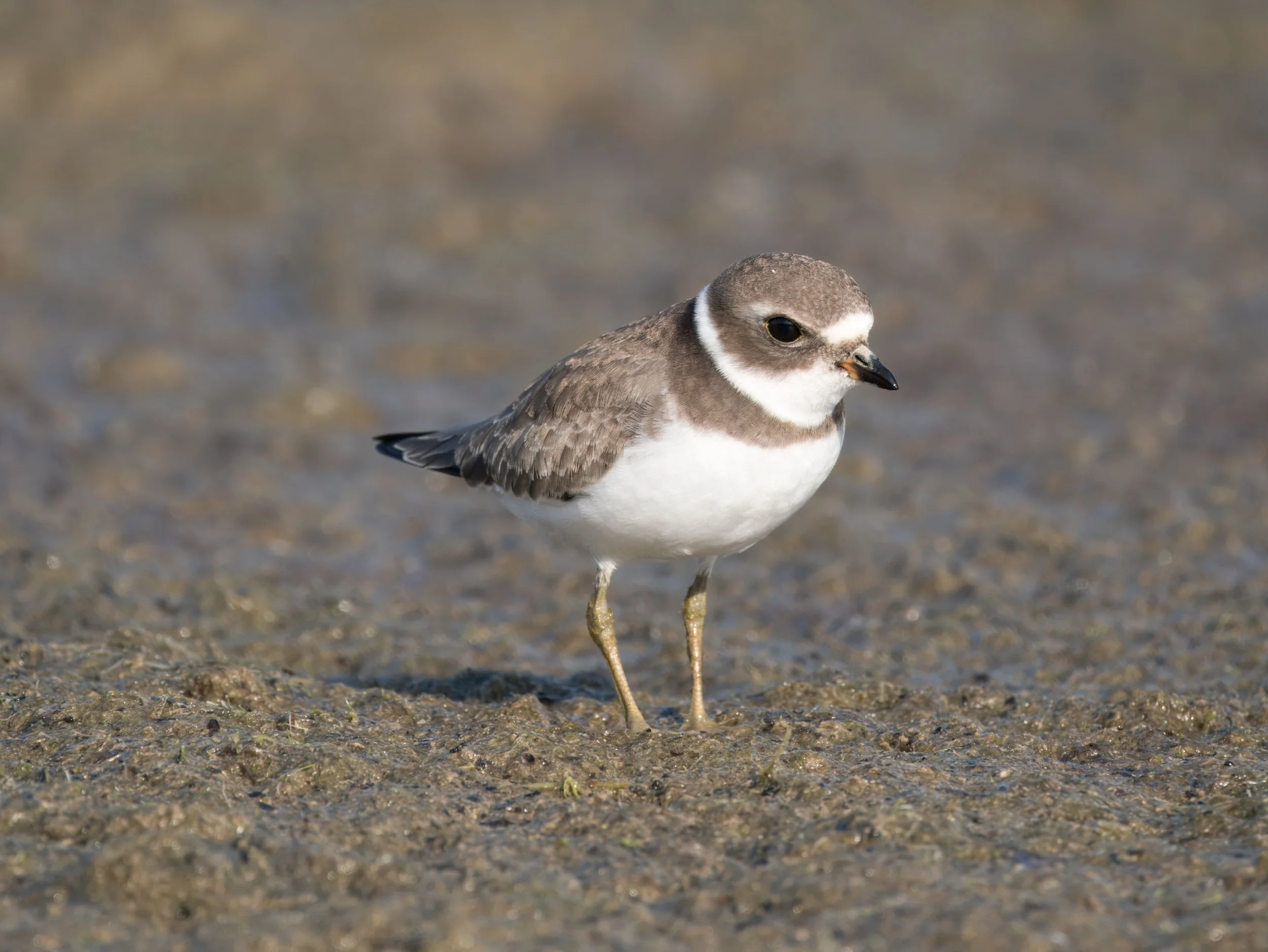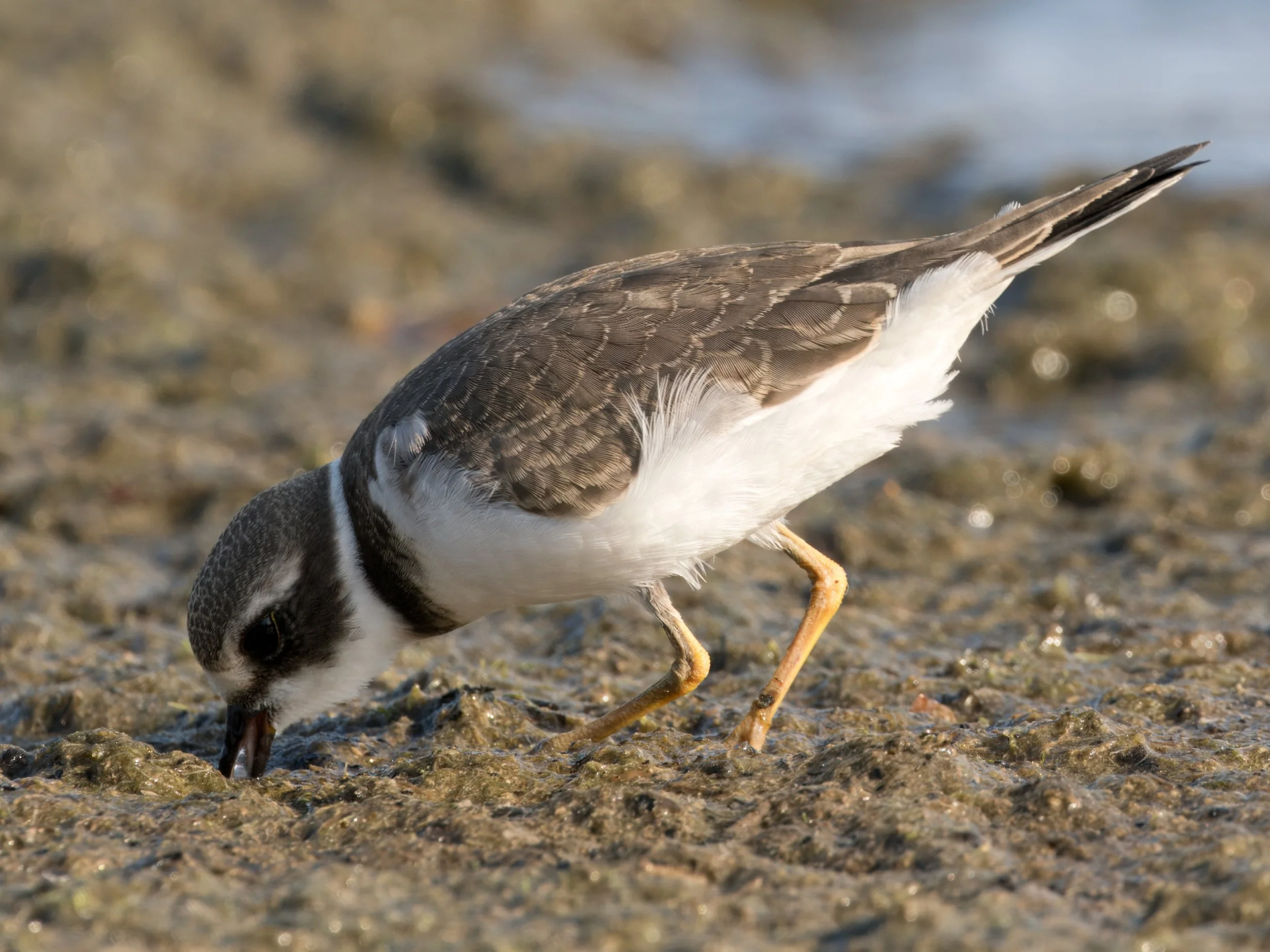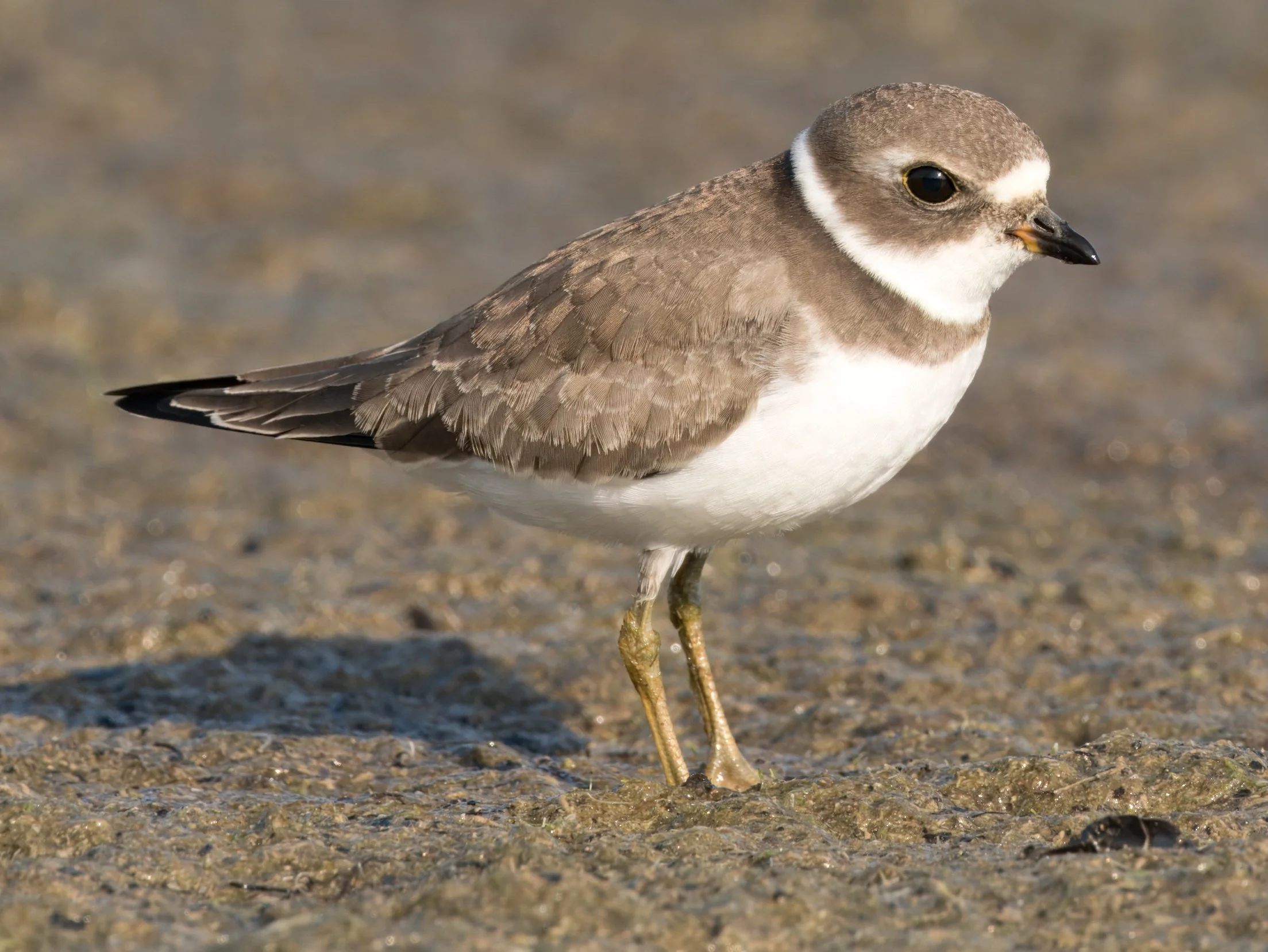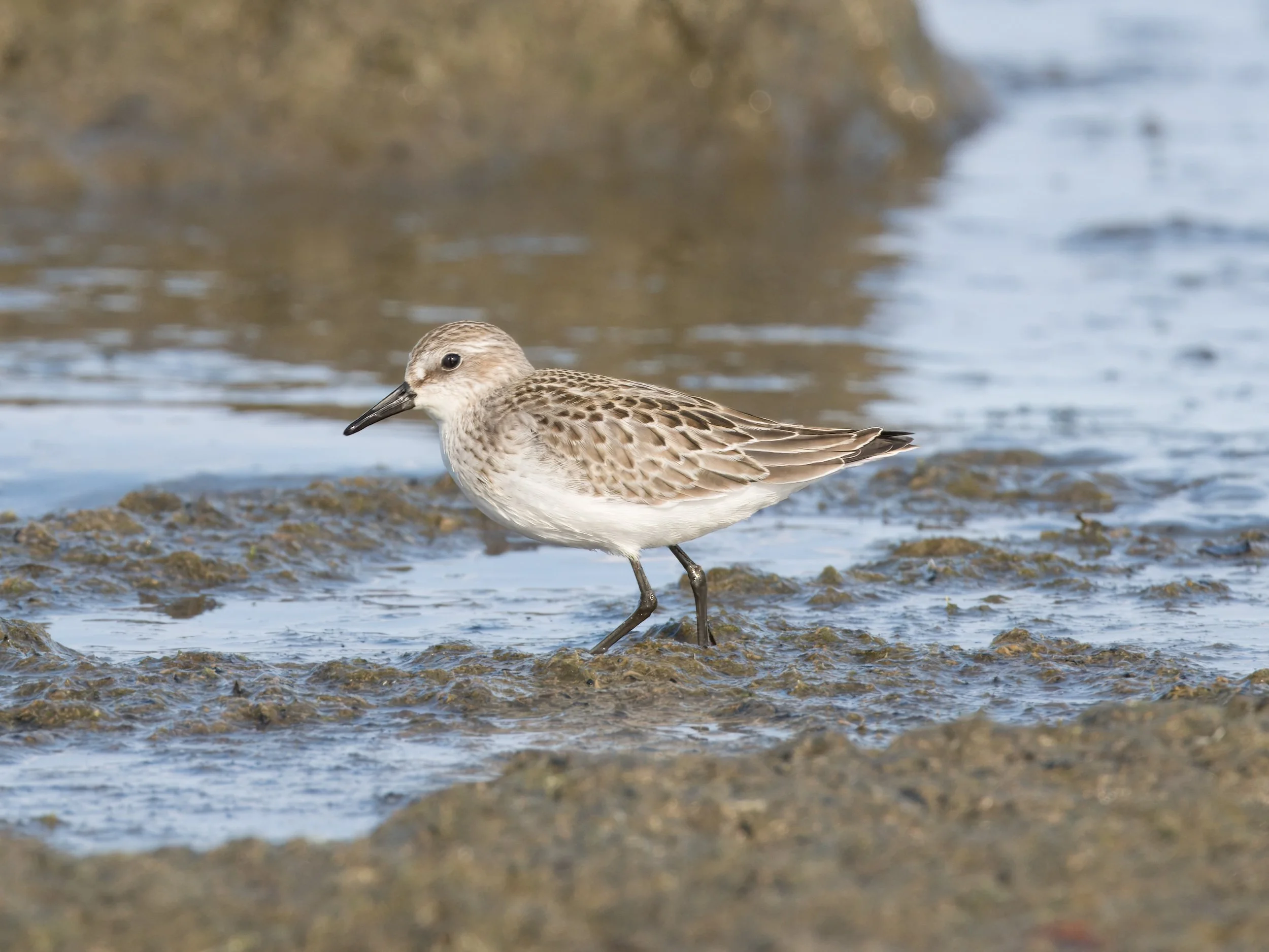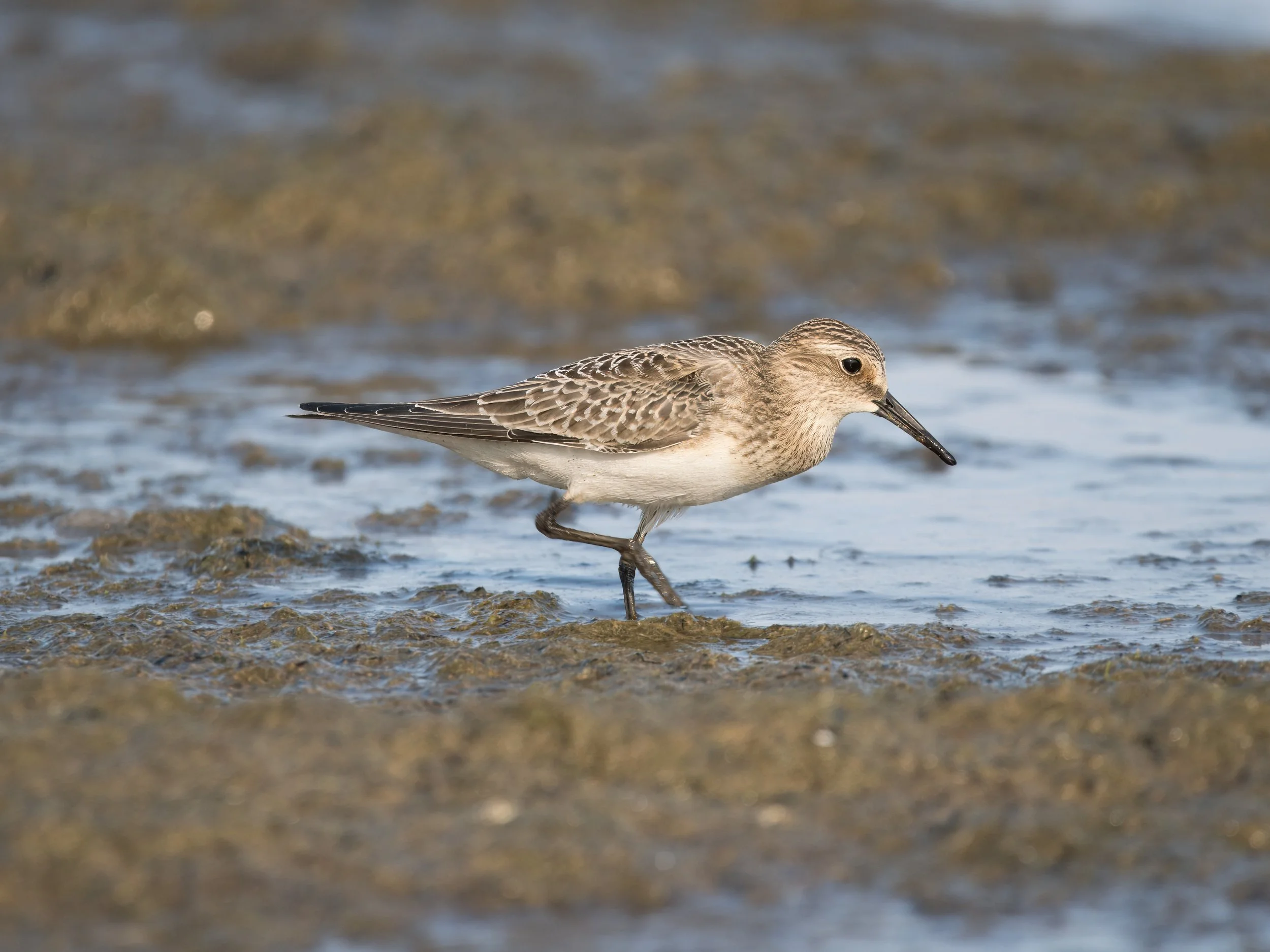
An Afternoon at McKinley Beach
Milwaukee, Wisconsin
September 8th, 2024
Fall migration is finally here! About time…
Summer in Milwaukee can be a fantastic experience. The weather is more cooperative, festivals rotate on the Summerfest grounds, and people finally have a reason to go outside. All that is well and good, but, for the average birder, however, birding during the summer months can be, how should I put it, slow. That is not to say there aren’t birds around. The summer residents frequent the parks and backyard feeders, and are always a delight to watch. But who wants to fight humidity and insects to go birding, anyway? (Well, I still do, but that’s not the point.)
As if the birds are consulting the human calendar, the first noticeable trickle of fall migrants appeared after Labor Day here. In Milwaukee, the best places to find migrants rest along the Lake Michigan Shoreline. Passerines frequent the parks, while shorebirds hang out on the beach. For a medium-sized American city, Milwaukee truly has (almost) everything to offer our feathered friends on their journey south.
——
The weekend of September 7th and 8th had already been productive, for two Buff-breasted Sandpipers appeared in the low grass on Lakeshore State Park. Southeast Wisconsin tends to be a reliable stopover for these dove-like shorebirds. Usually, they can be found on the sod farms near Wind Lake in Racine County, which is only 30 minutes from where I live in suburban Milwaukee. To see them within the city limits, however, is uncommon but not unheard of. A couple apparently made an stop four years ago, once again at Lakeshore State Park.
Having been born on the tundra this summer, Buff-breasted Sandpipers are unlikely to have had significant contact with humans, so they are, understandably, quite tolerant of us. They afford rather close looks to curious and excited birders. That said, it is best to not get too close, so as not to stress them out.
——
Sunday afternoon found me on McKinley Beach.
After spending the morning at the inaugural Pulse! fitness festival at the Summerfest grounds, I ventured up to McKinley Beach upon reading reports of several species of shorebirds. Specifically, these included Sanderlings, Semipalmated and Baird’s Sandpipers, and Semipalmated Plovers! A Red Knot was reported on Lakeshore State Park (the happening place!), but I was too late to see it.
It would be easy to merely pout and bemoan missing a rare bird for the county, as I have done in the past. That would, however, serve no purpose. Birding is all about seeing the many wonderful species of birds, not just the “rare” or “notable” ones. Yes, I have seen all of these before, so none was a lifer this weekend, but I was happy to see them again.
The temperature had abated to a comfortable level by the time I arrived. A long green string of algae lined the rocky shore, but a few teenagers braved the smell and slime as they jumped over it to take one final dip in the Lake this summer. Dotted along the beach were several shorebirds.
The first shorebird I saw was the Sanderling. Certainly one of the more common “peeps”, these birds can be seen running away from approaching waves, as if being chased. You may remember these cute shorebirds from the Pixar short “Piper” that came out in 2016. (Not incidentally, this is also one of my favorites, but, then again, they all are.)
If one were to look closely, Sanderlings lack a hind toe, which may assist in running quickly from sneaker waves. Keep in mind that this anatomical feature is quite normal for Sanderlings; other sandpipers, however, will have this fourth toe.
Likely a juvenile, this Sanderling has a “spangled” or black-and-gray checkered back and a smudge on its shoulder. Also pronounced are the black tips of the primaries. Note the lack of a hind toe.
The Sanderlings ran up and down the beach looking for food. With their stout bills, they probe the algae-covered shoreline for invertebrates. Besides the distinguishing field marks, they are much bigger than the other sandpipers and plovers. They do appear rather chunky, or at least round-ish.
The name Sanderling is derived from the Old English word sand-yrðling, “sand-ploughman”, and first appeared in the early 1600s. While not immediately obvious during migration, these shorebirds display a preference for sandy shores.
In flight, a bold white stripe can be seen on the wings.
—-
Interspersed among the Sanderlines scurried the much smaller Semipalmated Plovers. Despite its cute looks and diminutive size, these plovers are know to display aggressive behavior while feeding. (A behavior I observed with the Sanderlings, as well.). When not ruffling feathers, these birds will run and stop while looking for food. This may reflect the Semipalmated Plovers use of vision to detect food, rather than probing the soil.
The Semipalmated Plovers on the beach today were likely juveniles, as well, judging form their subdued notes of grayish-brown and cleaner lines. This would be in line with migration patterns, as juvenile birds, traveling in August and September, leave the breeding grounds a month after the adults.
Displaying a classic “stop-and-go” approach to feeding, Semipalmated plovers find food by sight. Marines worms make up the majority of their diet, but they will feed on other amphipods, bivalves, insects, and other small invertebrates.
The name “semipalmated” denotes the partial webbing between the toes. While not always readily apparent in the field, this anatomical feature is just visible in this photo. Can you see it?
——
The last two shorebirds searching for food on McKinley Birds presented the biggest headaches for me in terms of identification: Baird’s Sandpiper and Semipalmated Sandpiper. While each can be characterized with textual descriptions, the best way to differentiate them is via visual comparison.
Semipalmated Sandpipers remind me of slightly smaller Sanderlings. These were overall dull gray-black with white bellies. Their wings are short and reach, and may barely extend past, the tail. Their bills are short, black, and blunt.
The Semipalmated Sandpipers were walking steadily along the shore, negotiating the relative mounds of algae pockmarked by small pools.
In contrast, the Baird’s Sandpiper, an uncommon visitor to Milwaukee County, appear slimmer. I think of them as a thinner Pectoral Sandpiper; they display more coloring on the breast than the Semipalmated Sandpiper. A key distinguishing mark is the long primaries that extend beyond the tail feathers.
The bill is also longer, tapering into a find point at the tip.
Like the Semipalmated Sandpiper, it walks at a steady pace along the shoreline.
In the photo gallery below, can you tell which is which?
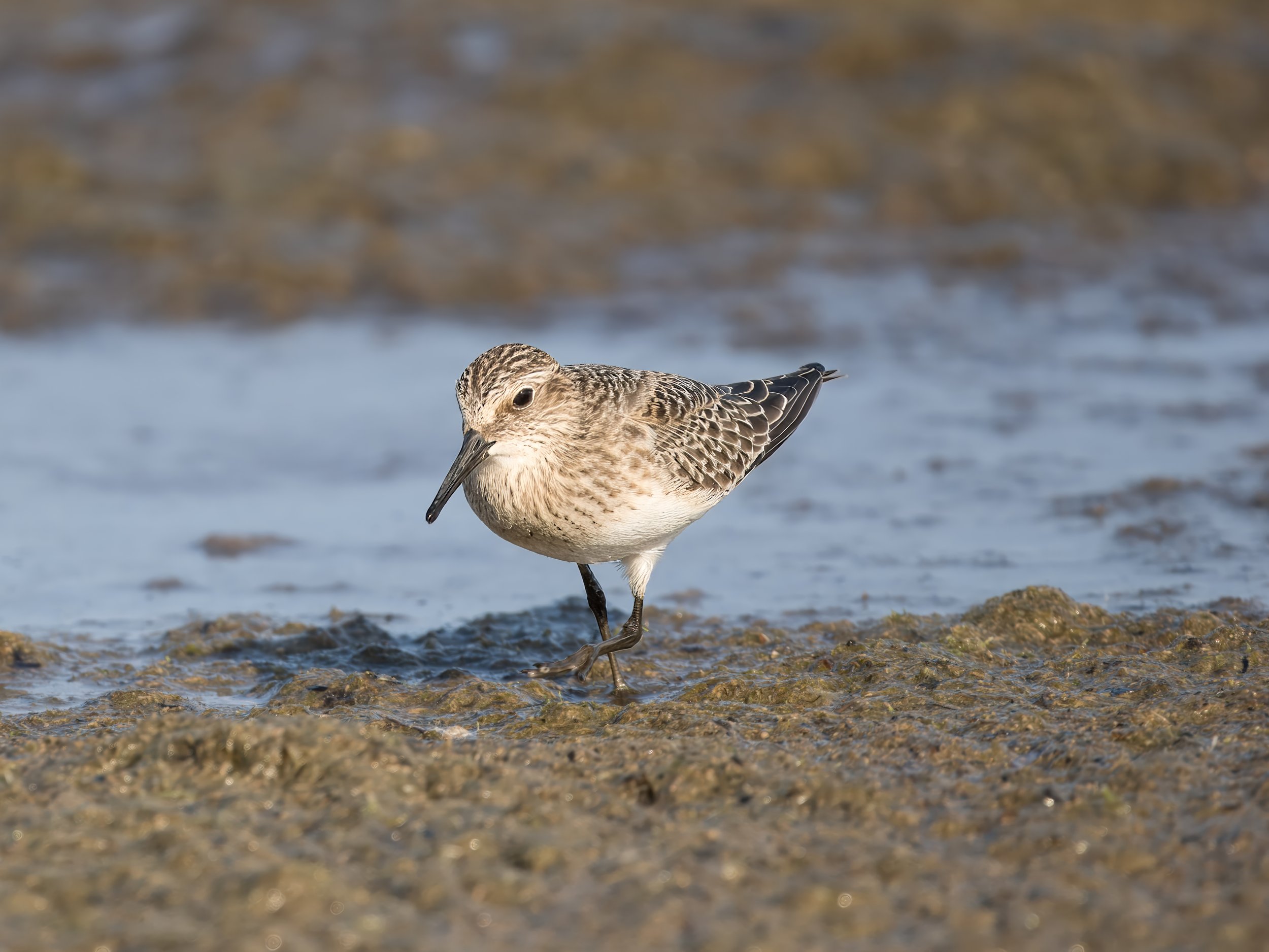
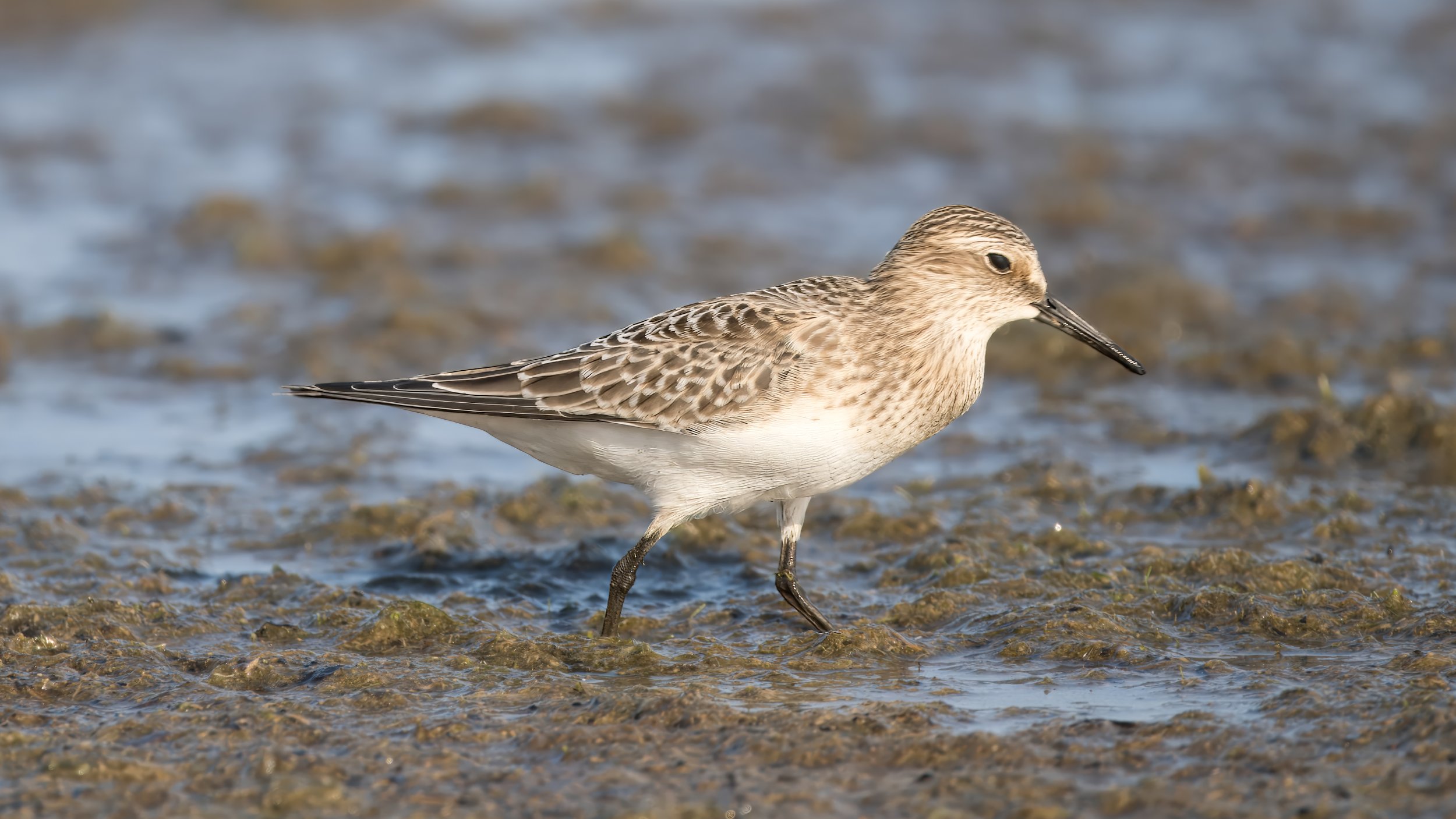

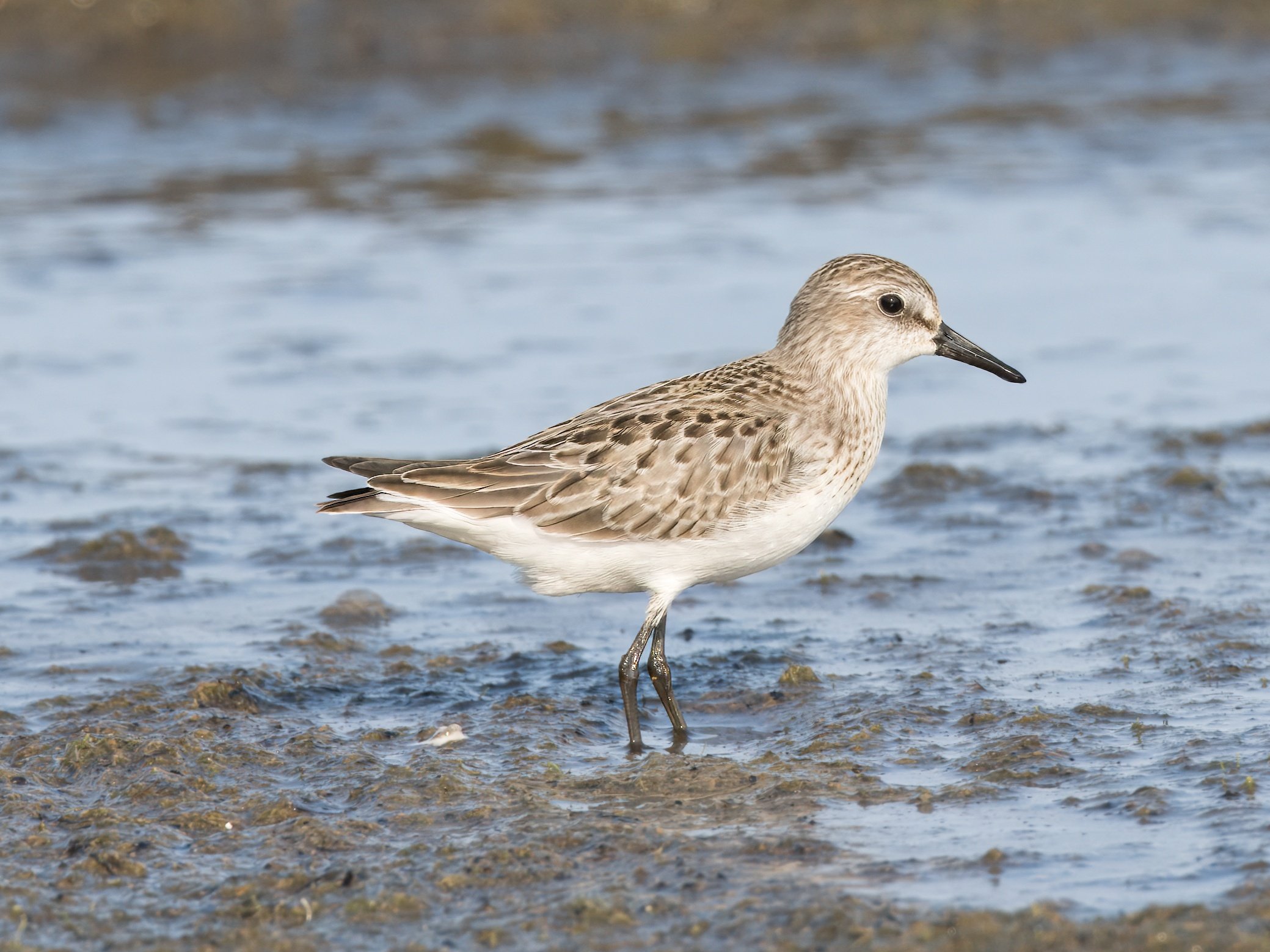
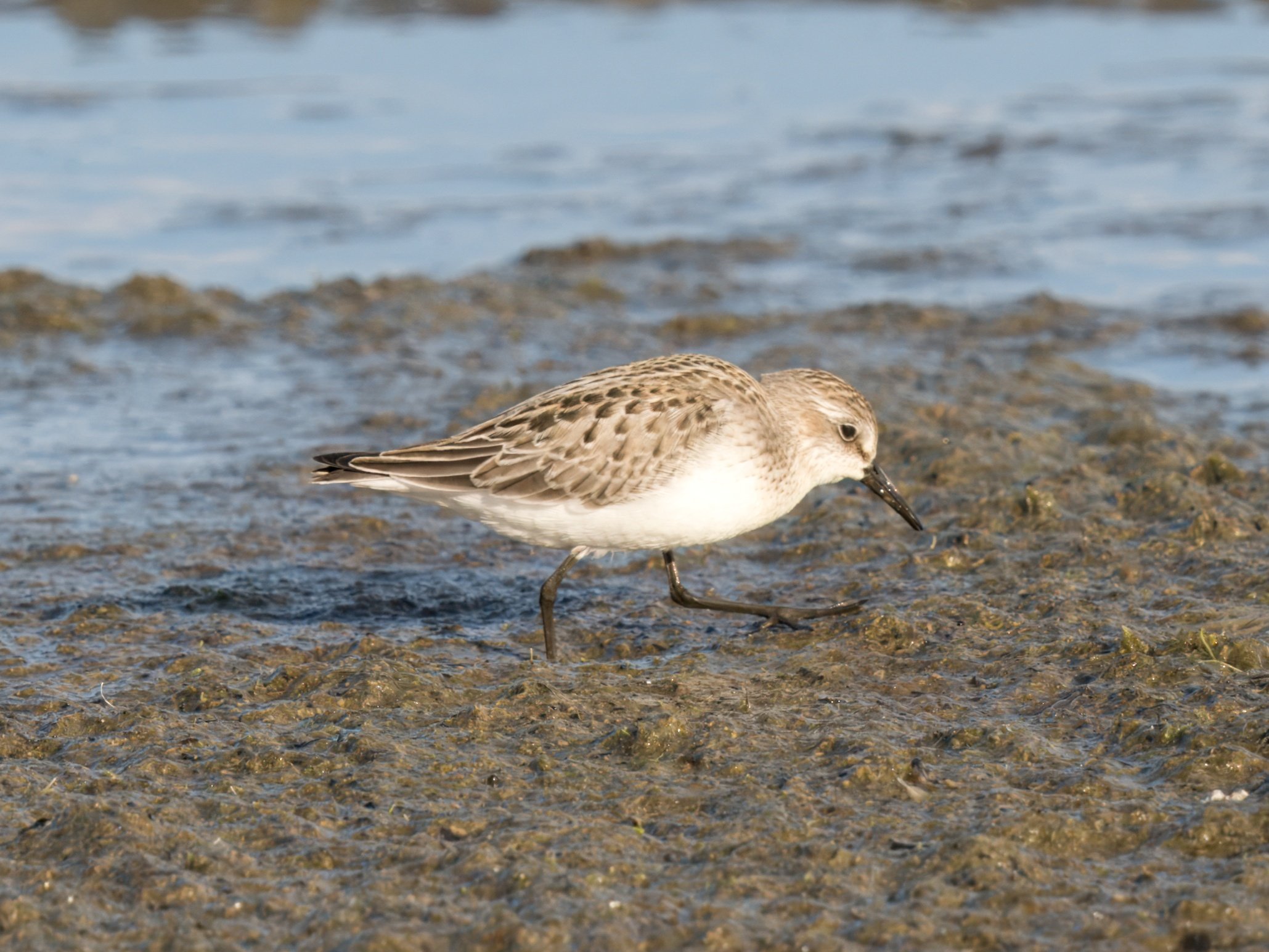
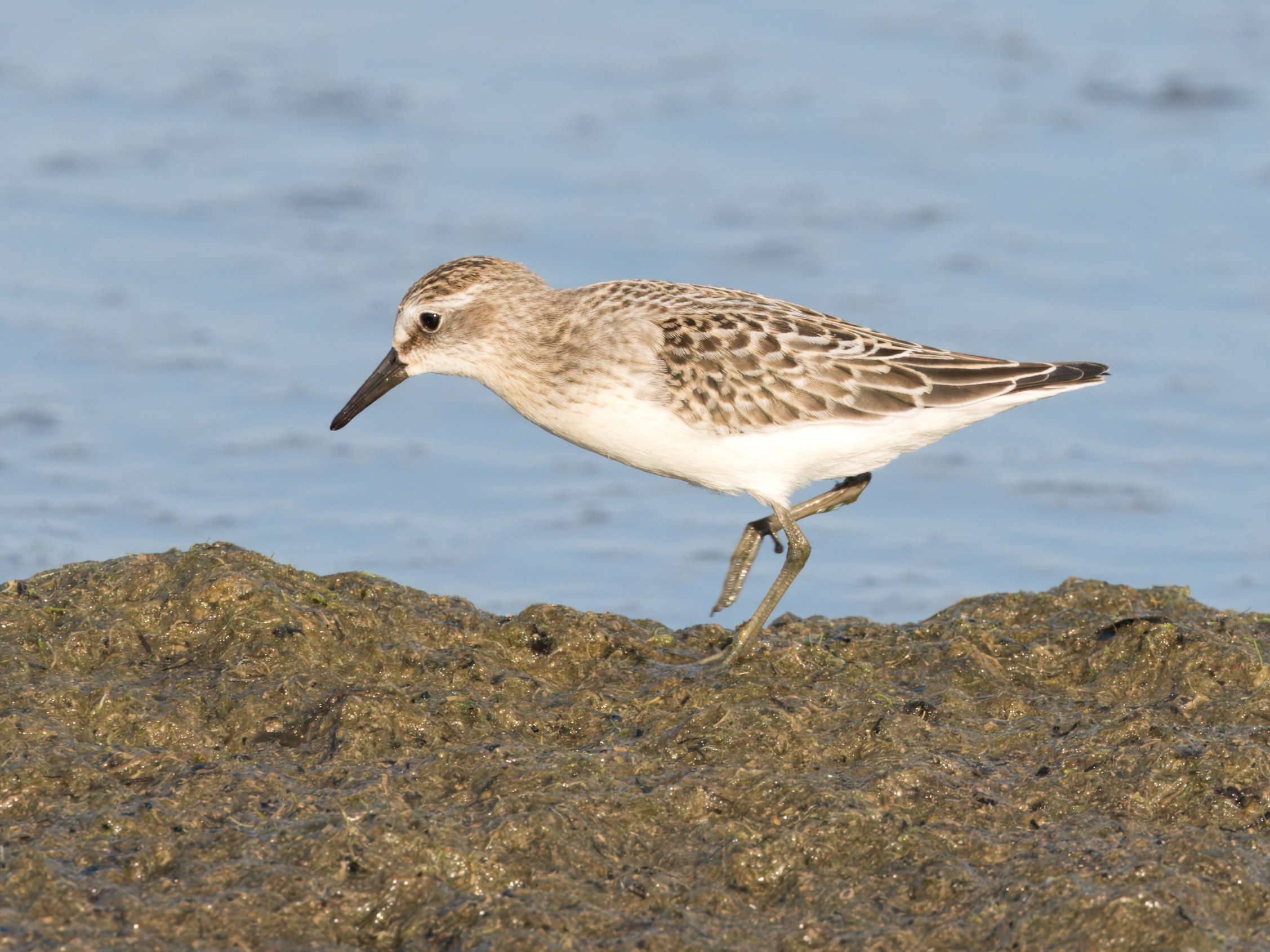
——
I spent the better part of an hour there on the beach observing and photographing these cute visitors. What struck me most was how much I still had to study to identify and differentiate shorebirds. I only get to see them during migration here in Milwaukee, with more of them coming by in fall than in spring. While I may be stumped more often than I would like, I find joy in learning more about them.
Unfortunately, many shorebird species are in decline, so every individual bird that pops up here is a pleasure to see. We have to take it upon ourselves to raise awareness and protect them.
Cheers to shorebirds!
